The Leica M11-D
Summertime Blues
Jonathan Slack
September 12th 2024
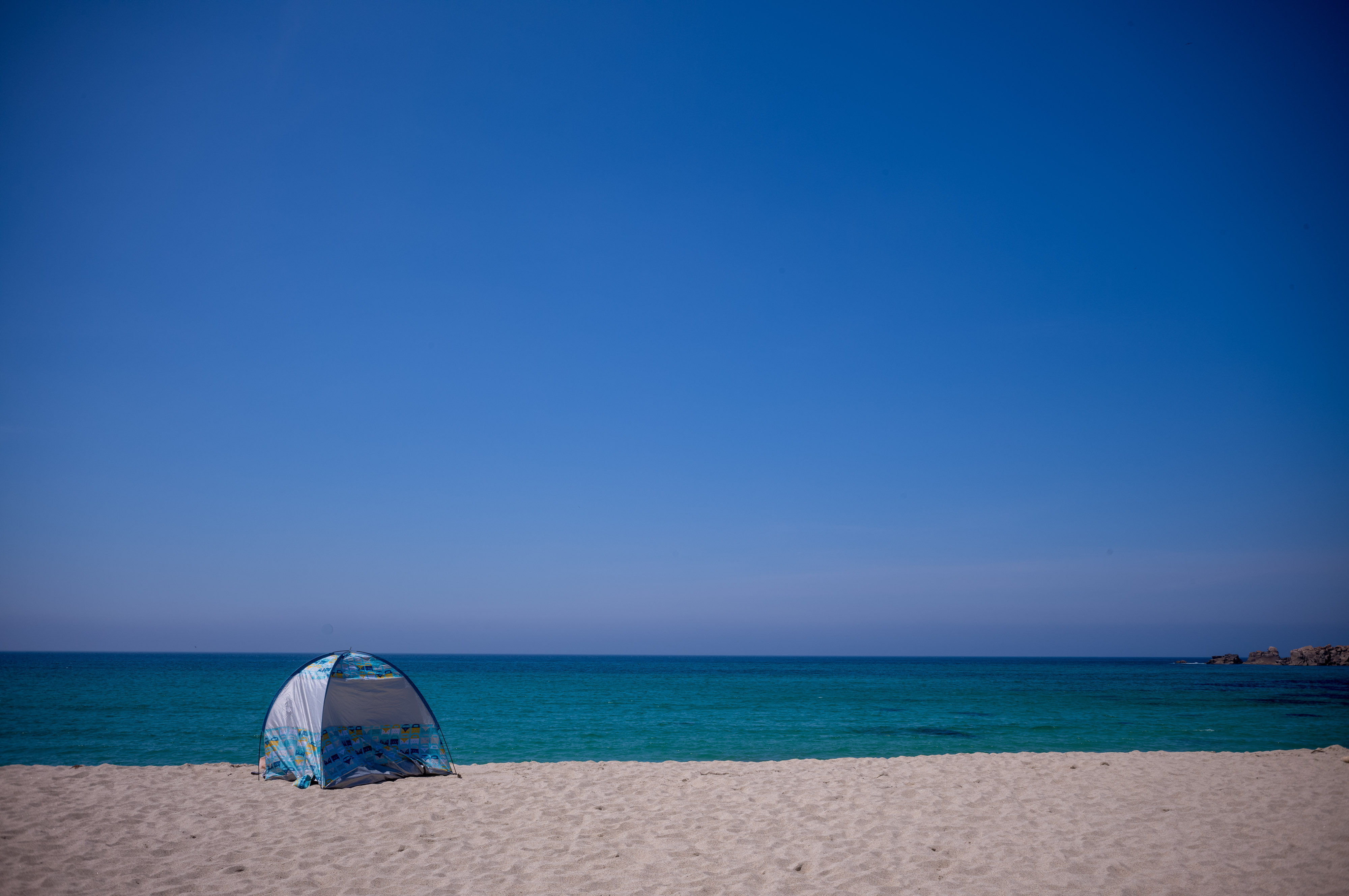
Introduction
I have been shooting with the M11-D for 6 months now, which has included trips to Fuerteventura, Porto, Cornwall and Wetzlar, so I have had a lot of time to get to grips with the camera. Much of that time has been testing firmware and the connection to Fotos, but a lot more time has been spent simply having fun shooting with the camera.
Over the last year or so I have had two serious excursions into film cameras. First of all with a beautiful mint condition Leica R8, and then with one of the gorgeous M6 remakes. But dealing with film developing and scanning is just too time consuming, and after 25 years shooting digital going back is not going to happen, so I had given up the struggle.
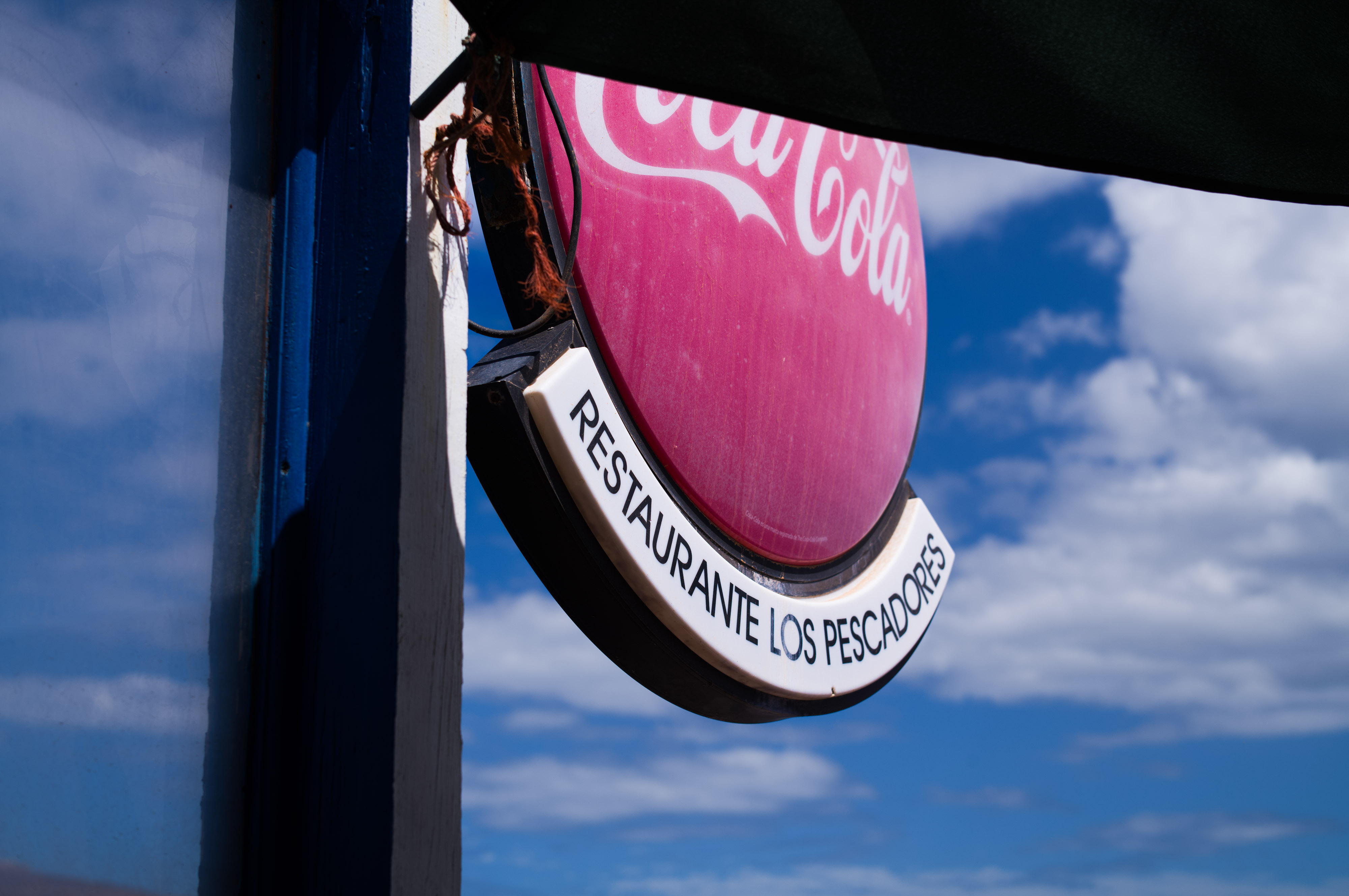
Los Pescadores
Leica 50mm Summilux Asph @ f6.8
It's lovely shooting with a film camera - no chimping possible, you can just concentrate on what you are doing. Sometimes I felt it would be still better to leave the film out of the camera so that you could have the satisfaction of looking and looking and shooting, without the bother of processing (or being disappointed with the results).
Then along came the M11-D, and the shooting experience was just the same, although I suppose the internal memory means that you can't shoot 'without film'! For the images in the article, I've largely used my triumvirate of Leica's classic remakes of old lenses (it seemed appropriate) so most of the images are with the 28mm Summaron, the 35mm Summilux (steel rim v1) and the wonderful 50mm Noctilux f1.2).
In this article I'm going to try and put the M11-D into it's historical context, and to look at the technology and connectivity in some detail. I hope you enjoy it, and that it helps you to understand what the camera is all about and perhaps even to take the plunge and own your own!
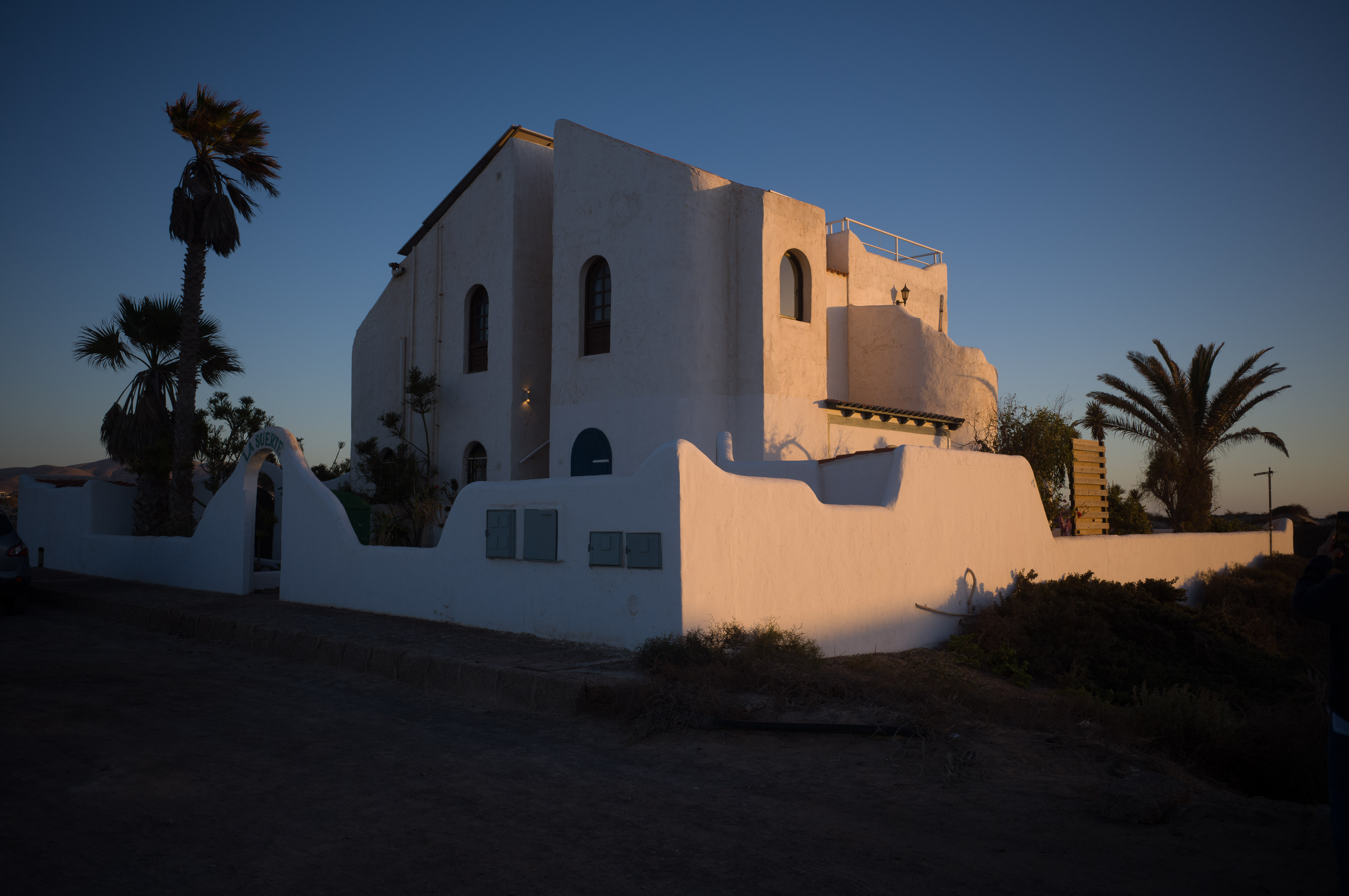
El Cotillo Evening
Leica 28mm Summaron @ f11
History
The Leica MD
In 1964 Leica released the MD, and this was perhaps the first and most extreme example of Leica's minimalism. The camera was mainly designed for technical and medical purposes, and to that end had no rangefinder.
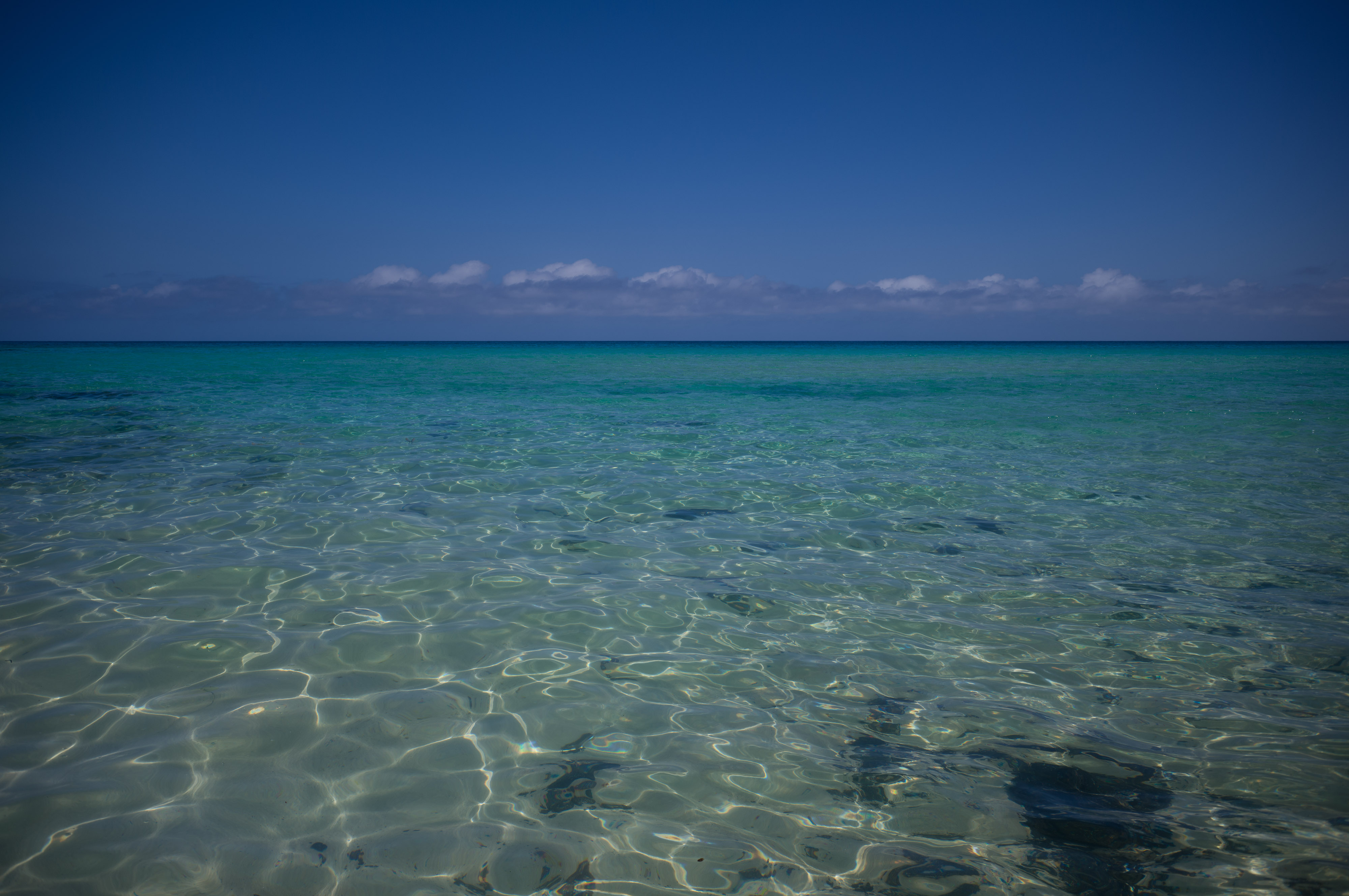
Stormy Weather
Leica 28mm Summaron @ f11
The Leica M Edition 60
Ten years ago in September 2014 Leica introduced the M Edition 60, designed by Audi. This limited edition model was to celebrate 60 years of the M camera (since the original M3 was announced in 1954).
This was no 'ordinary' special edition though, Leica had removed the LCD rear screen and replaced it with an ISO dial - in their words:
Reduced to only the essential camera features, the Leica M Edition 60 is the first digital camera to concentrate exclusively on the bare functions required for digital photography – shutter speed, aperture, focusing and ISO sensitivity. This is also the reason for the replacement of the camera’s display with an ISO selector dial. For reasons of quality, exposures are saved as raw data in DNG format. Working with the Leica M Edition 60 intentionally demands the same care and attention as working with an analogue model. Only the sensor and the entire electronics reflect the state of the art of contemporary camera technology.
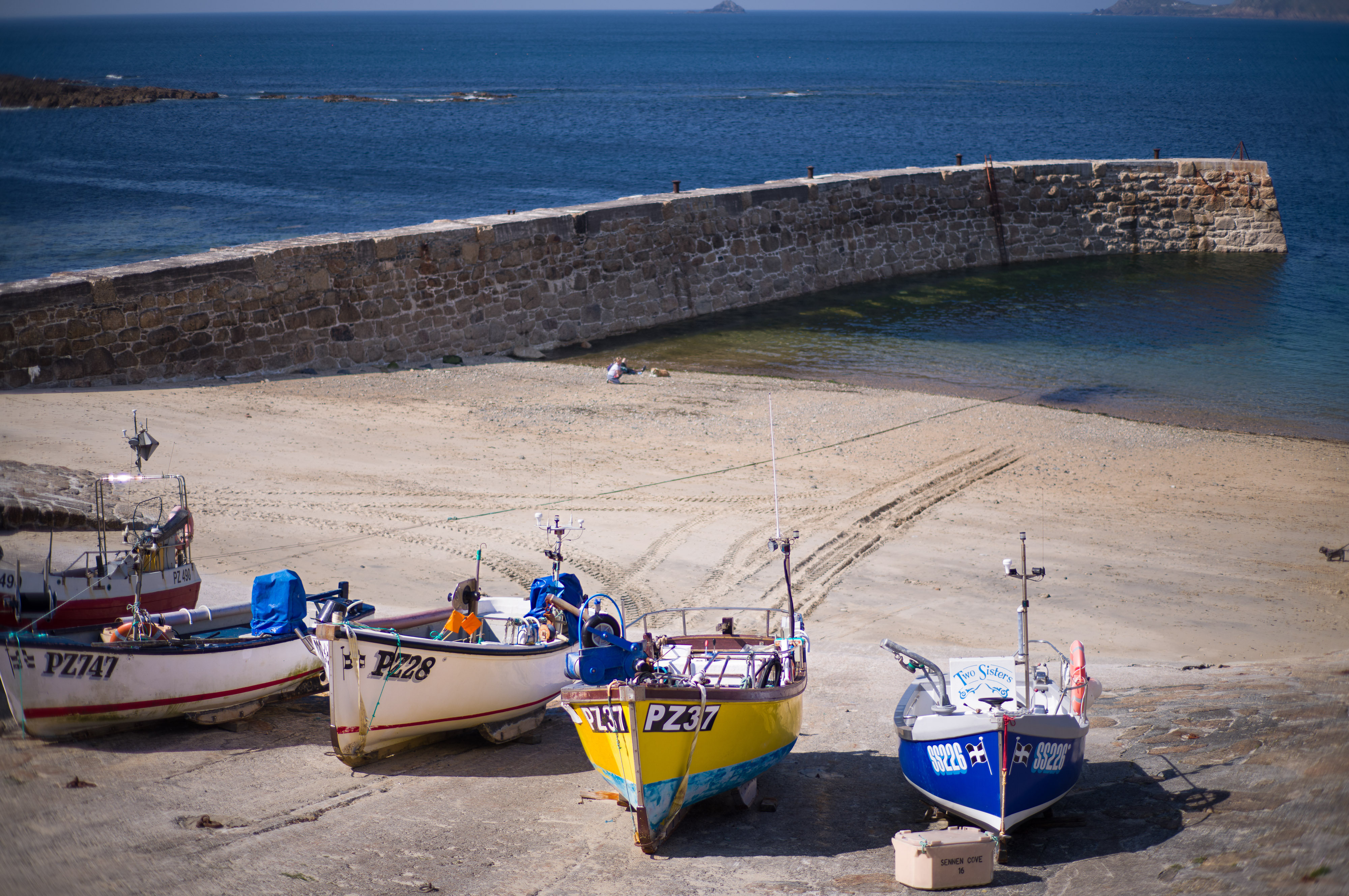
Sennen
Leica 50mm Summilux
The Leica M-D (Typ 262)
The M edition 60 caused enough interest for Leica to get more serious about the concept and in April 2016 the Leica M-D (Typ 262) was introduced. The camera was technically identical to the Leica M (Typ 262), a quieter and cheaper version of the M (Typ 240) with the video options removed.
With the M-D you shot in Auto White balance and the camera only recorded DNG files. The only way to look at the images was to remove the SD card from the camera and look at the files on a computer. I was not offered one to test at the time, and being limited to Auto White Balance was enough of a turn-off to stop me buying one.

Little and Large
Leica 28mm Summaron @ f13
The Leica M10-D
The M10-D was released in October 2018, and I was much more involved in the testing, and also discussions about the design, including an exciting dinner in London looking at an early mock-up.
The M10-D had a wind-on lever to use as a thumb grip, an exposure compensation dial (rather than an ISO wheel) on the back. It also had the special quiet shutter of the M10-P. Although the faux wind-on lever caused quite a lot of dispute on the forums (and in my family!) the camera was, and still is a real favourite with many photographers. I have just searched around the internet and only found two for sale, and both of them for more than £6000, for a 6 year old camera!
The M10-D was a more practical camera than the Typ 262 in that it had the option of attaching the Visoflex electronic viewfinder, and you could also connect to the camera over Wifi and look at the images on your phone in Fotos (albeit very slowly).
If you would like to know more about the camera you can read about it here:
https://www.slack.co.uk/m10-d.html .
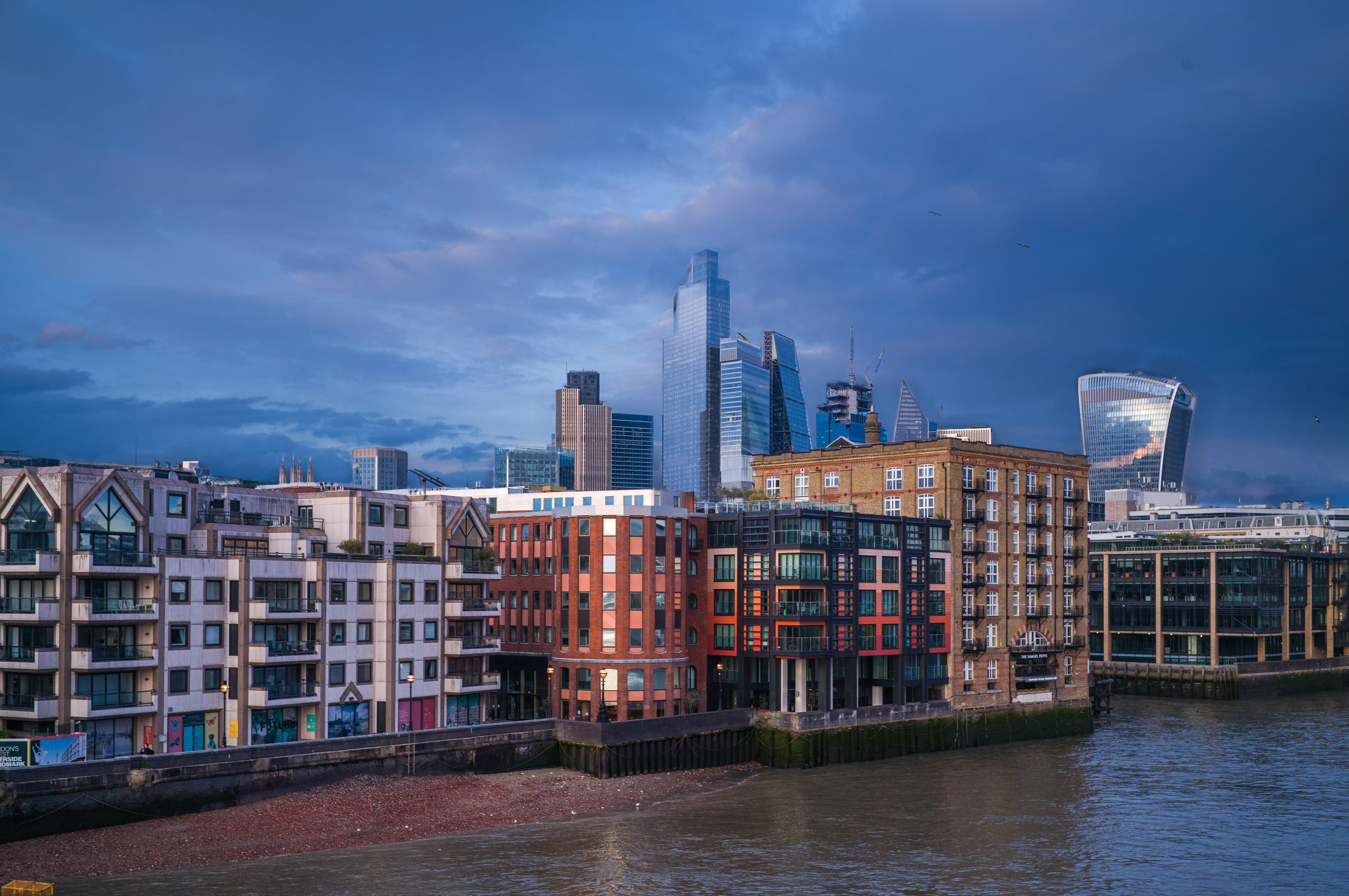
Country Bumkin in the Big City
Leica 35mm Summilux Classic Steel Rim @ f4
The Leica M11-D
This brings us to the M11-D which has been announced today (September 12th 2024).
This time Leica have made rather a different camera, they have abandoned the faux wind-on lever (which will disappoint some people and please others). They have also removed the ISO dial from the top left of the M11 body and made a black, tactile, stainless steel ISO dial on the back plate (just like so many film bodies).
Exposure compensation can be assigned to the thumb dial in the same way as the M11, as well as ISO settings, if the ISO dial is set to M (manual).

And . . . .
Leica 50mm Noctilux f1.2 remake @ f2
On the other hand the camera has all the technical advantages of the M11 and M11-P over the M10:
- Integral base plate improves weather sealing and strength
- New black paint option is very resilient with grippy finish
- Battery with 700 shot CIPA standard (modest!)
- 256Gb of very fast internal memory (like the M11-P)
- Faster Maestro III processo
- 60mp Back Side Illuminated sensor with excellent dynamic range
- Full time off-sensor metering
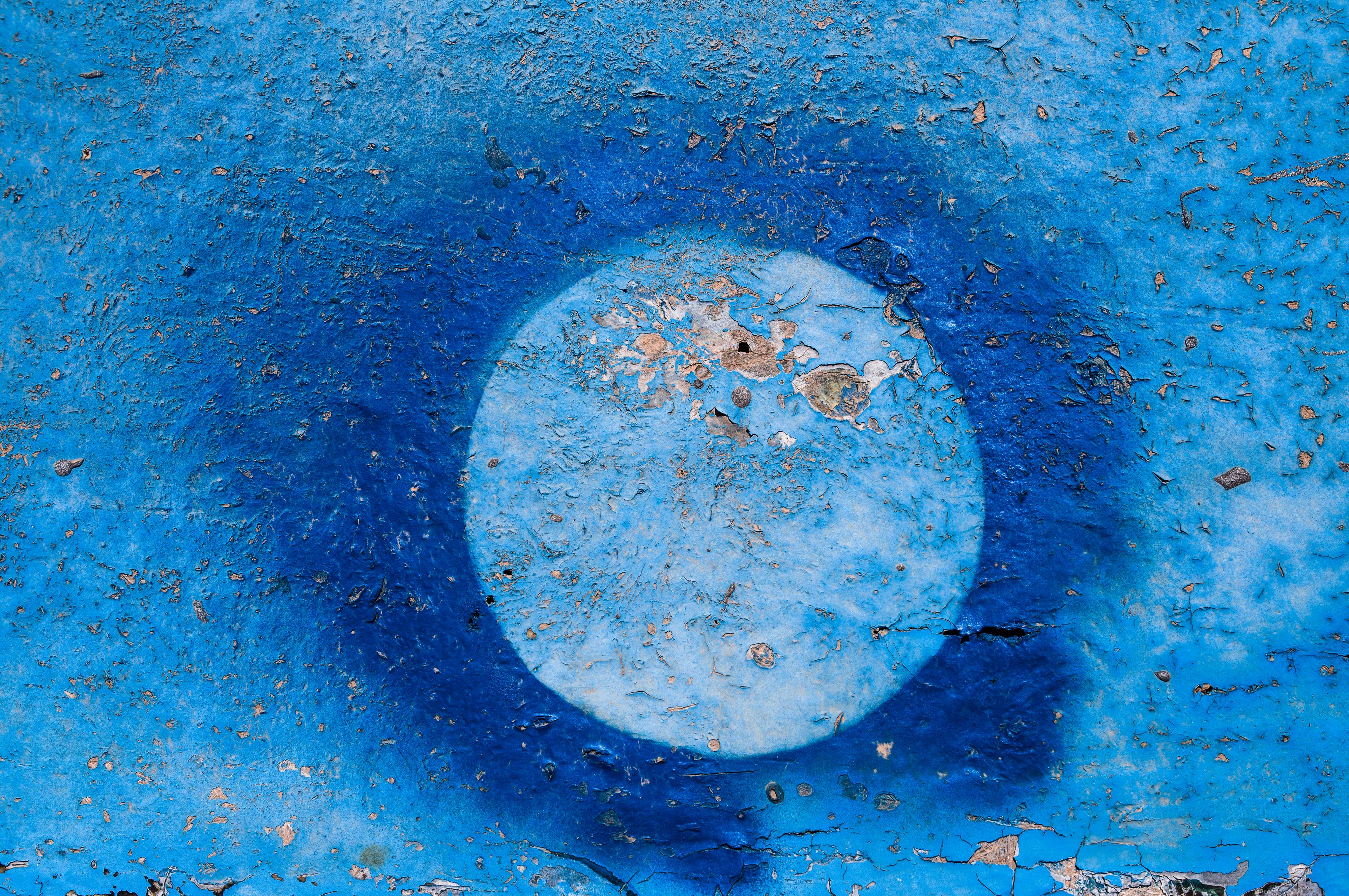
Summertime Blues
Leica 50mm Summilux Asph @ f5.6
- Electronic Shutter (up to 1/16,000 sec)
- USB-C Charging,
- PTP and Apple MFI connectivity using USB-C port
- Improved Fotos app allowing filtering selections and tethering
- New well constructed EVF with bigger and brighter image (like Q2)
- Variable DNG size (18.4mp, 36.5mp and 60.3mp)
- Leica Content Credentials (Like the M11-P)
- Full time Geotagging via Fotos and Bluetooth
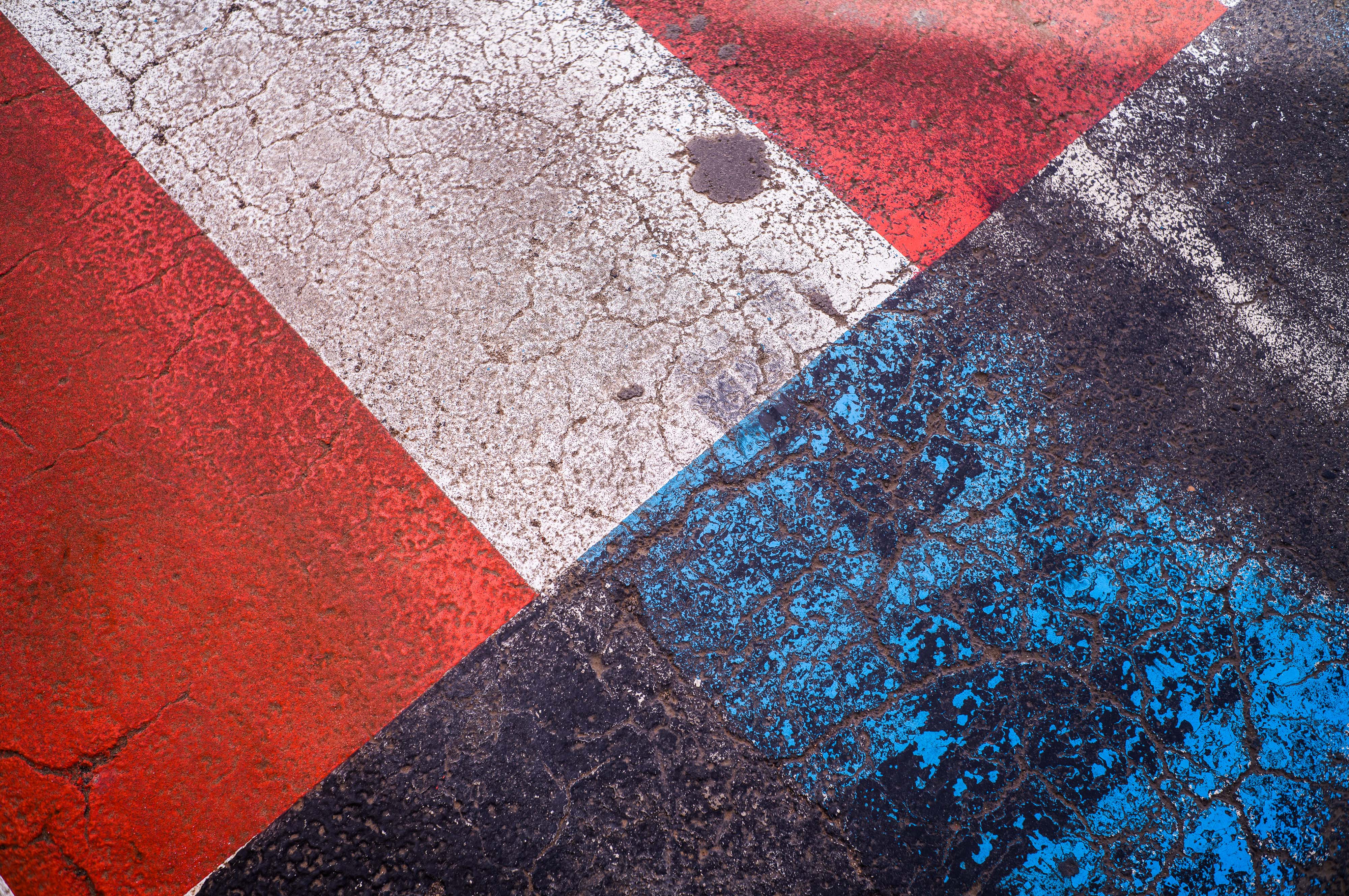
Criss-Cross Crossing
Leica 35mm Summilux steel rim @ f3.4
If you would like to read more about these advantages you can look at my articles on the M11 (
https://www.slack.co.uk/leica-m11.html ) and the M11-P (
https://www.slack.co.uk/articles/the-leica-m11-p.html ).
Since the release of the M10-D six years ago Leica have taken a leap forward in terms of connectivity, and although the M11-D is just as much a 'back to basics' camera, unlike its predecessors it really can be used in situations where more visibility is necessary, making it much more feasible as an only camera. I'm going to look at this in more detail in the rest of this article.
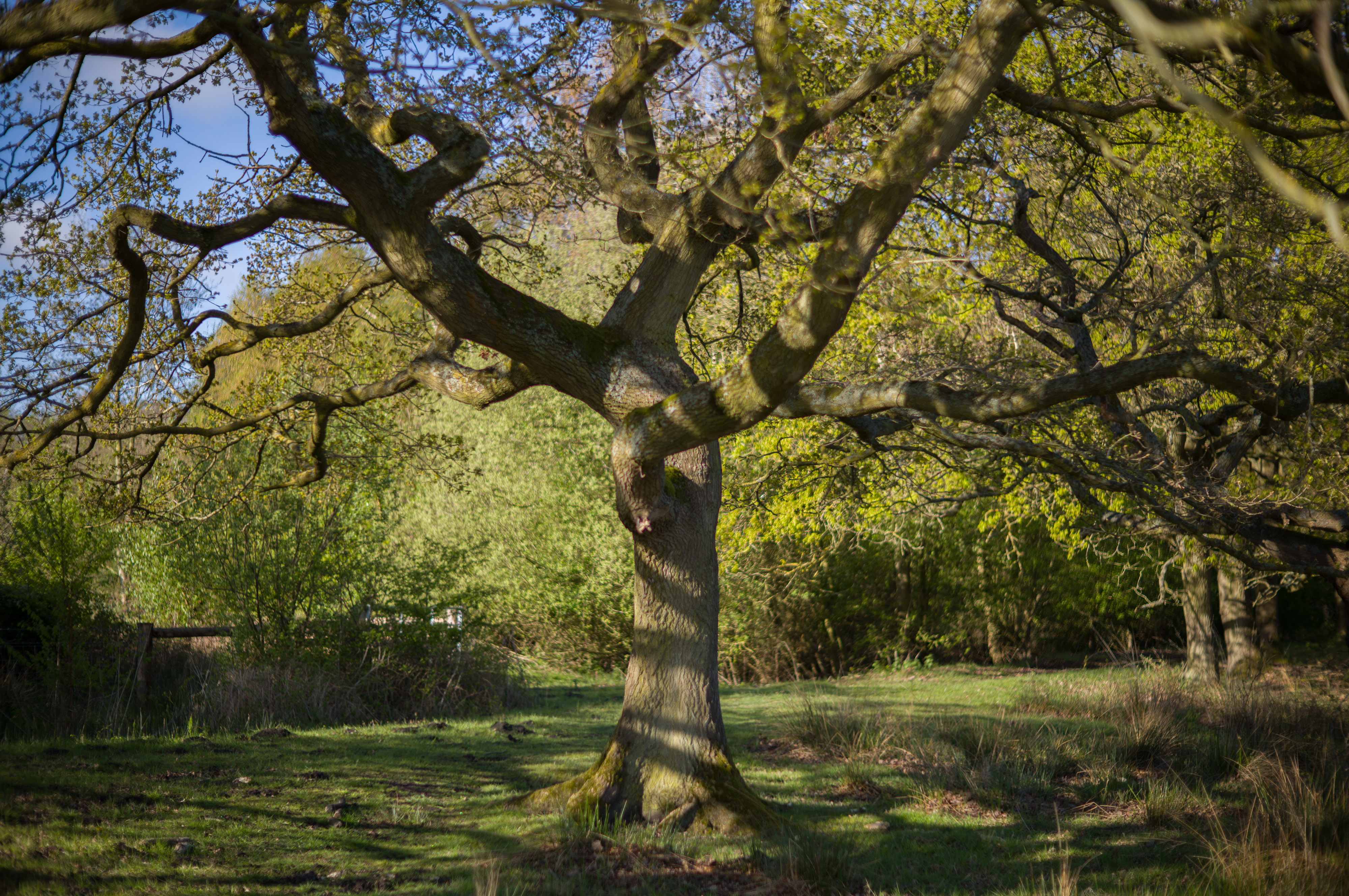
Twizzle Tree
Leica 50mm Noctilux f1.2 @ f1.2
The Body
The M11-D is only available in the same black finish as the M11 and M11-P with the lighter weight aluminium top plate (there is no chrome/brass option this time). Personally I think it would be lovely in black paint, but the matt black is certainly very handsome.
From the front it looks exactly like the M11-P with a screw instead of the red dot of the M11. The base plate is also identical.
The top plate is the same as the black M11-P, complete with Leica logo and the single function button, but the ISO dial on the top left has been removed.
The back plate only has the large ISO dial; simplicity itself.
The new ISO dial is beautifully made, you turn the inside to point to the relevant ISO value and it requires two thumbs to turn easily, which means that it doesn't get changed by mistake.
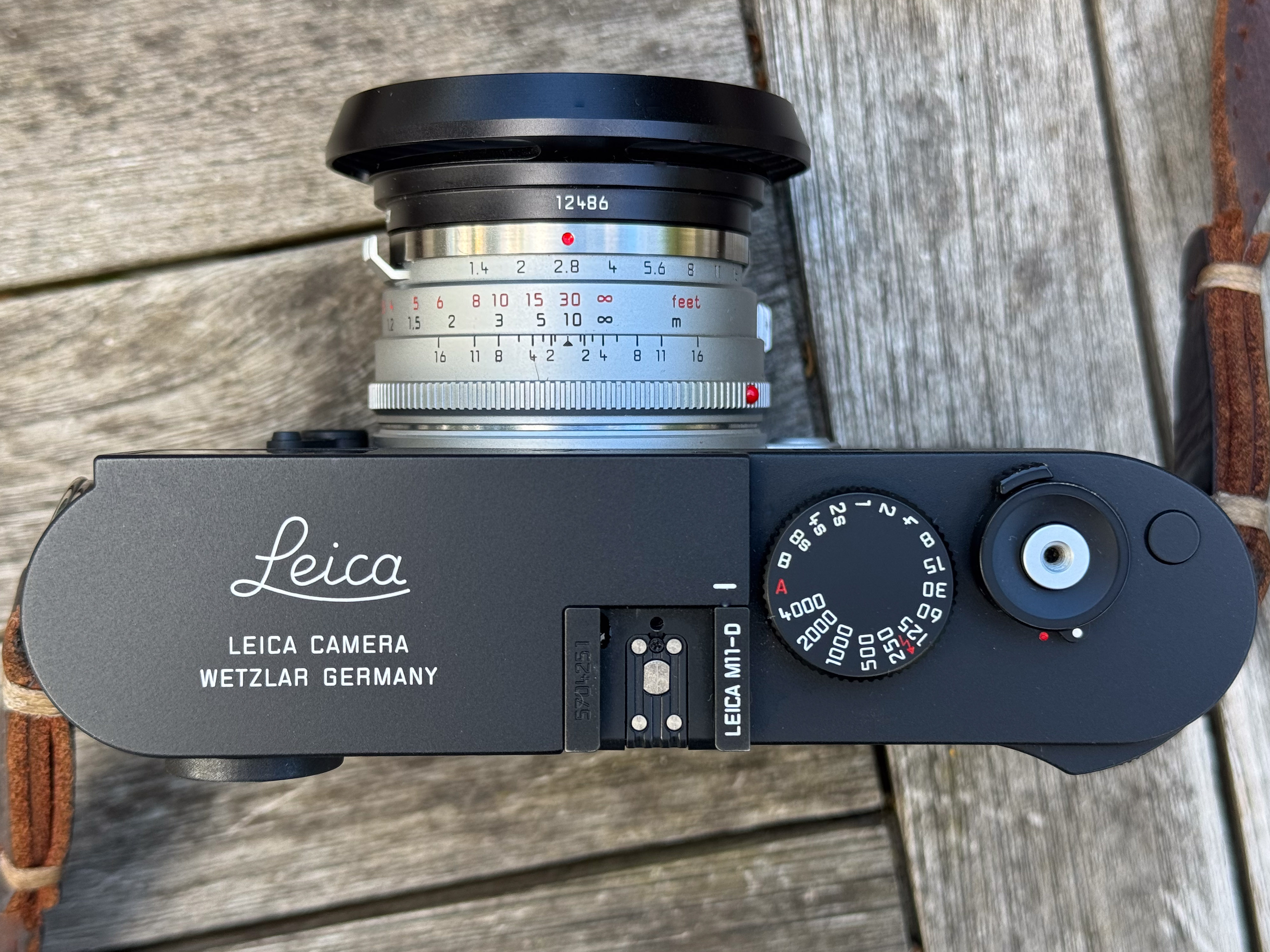
Photo taken with iPhone (shame)
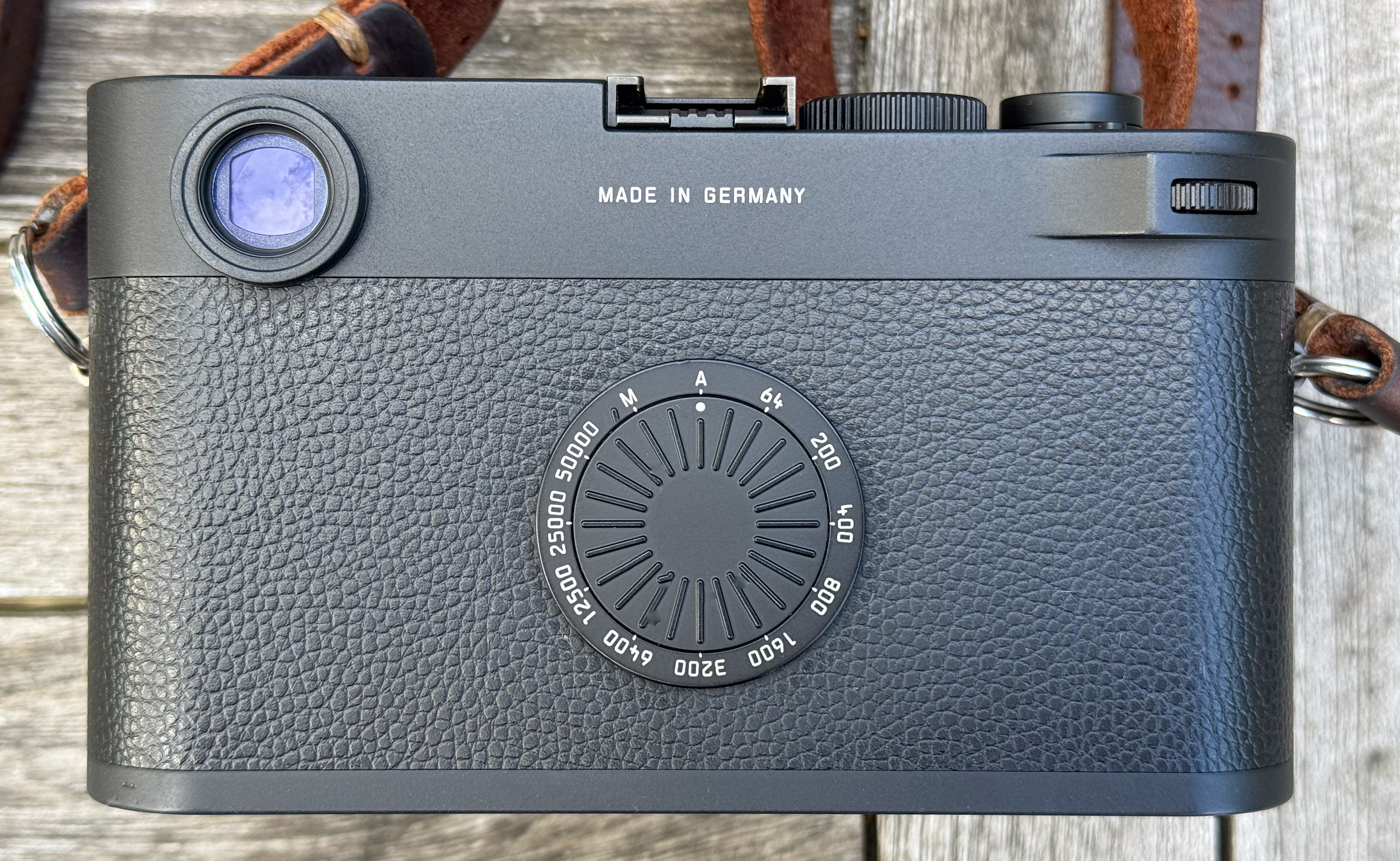
Photo taken with iPhone
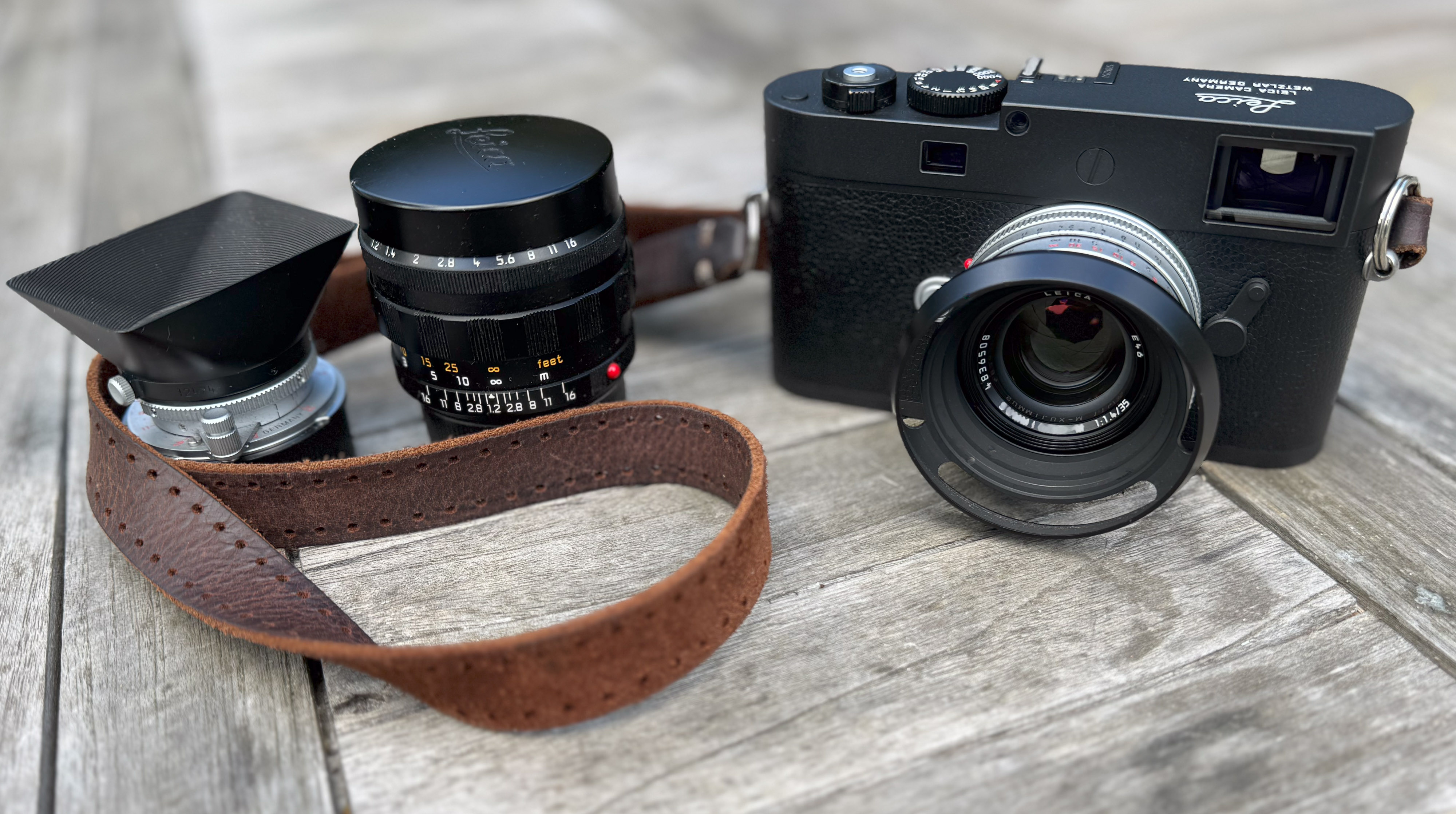
Photo taken with iPhone
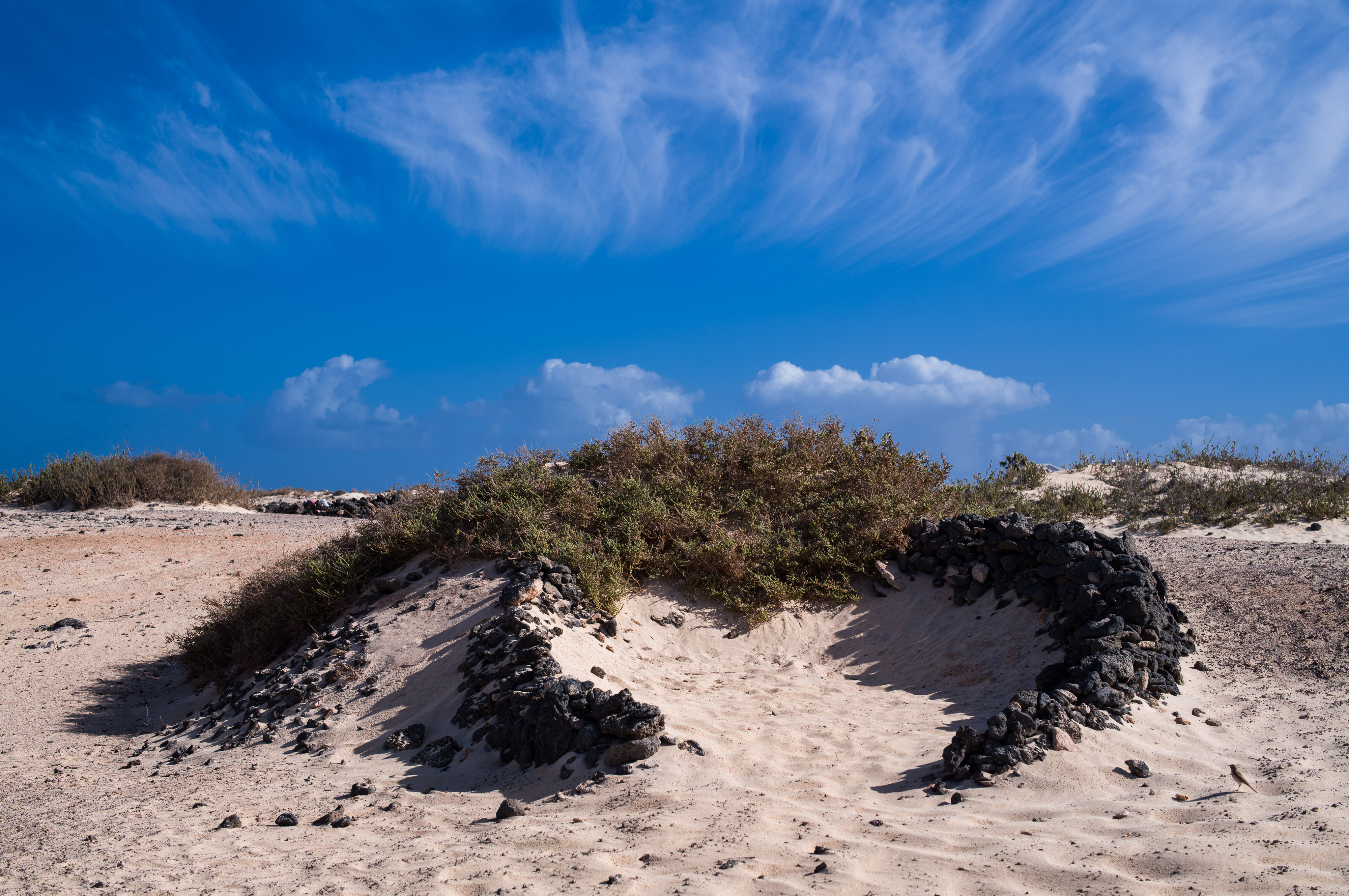
Stone Shelter
Leica 50mm Summilux Asph @ f11
Why
Well, the point of the M11-D and the previous D cameras is to mirror the operation of a film camera as much as is possible, to put off the moment of gratification when you actually look at your images. To stop the distracting practice of chimping. This is the point where Das Wesentliche stops being a slogan and really seems to be Leica’s intention with the M series.
I've seen people saying 'but you can just turn off the LCD', which, in effect is the same as the argument against the Monochrom: 'but you can just convert to black and white in Lightroom'. In literal terms both statements are true, but it just isn't the same thing as putting yourself in the position where you cannot chimp (or have a colour image).
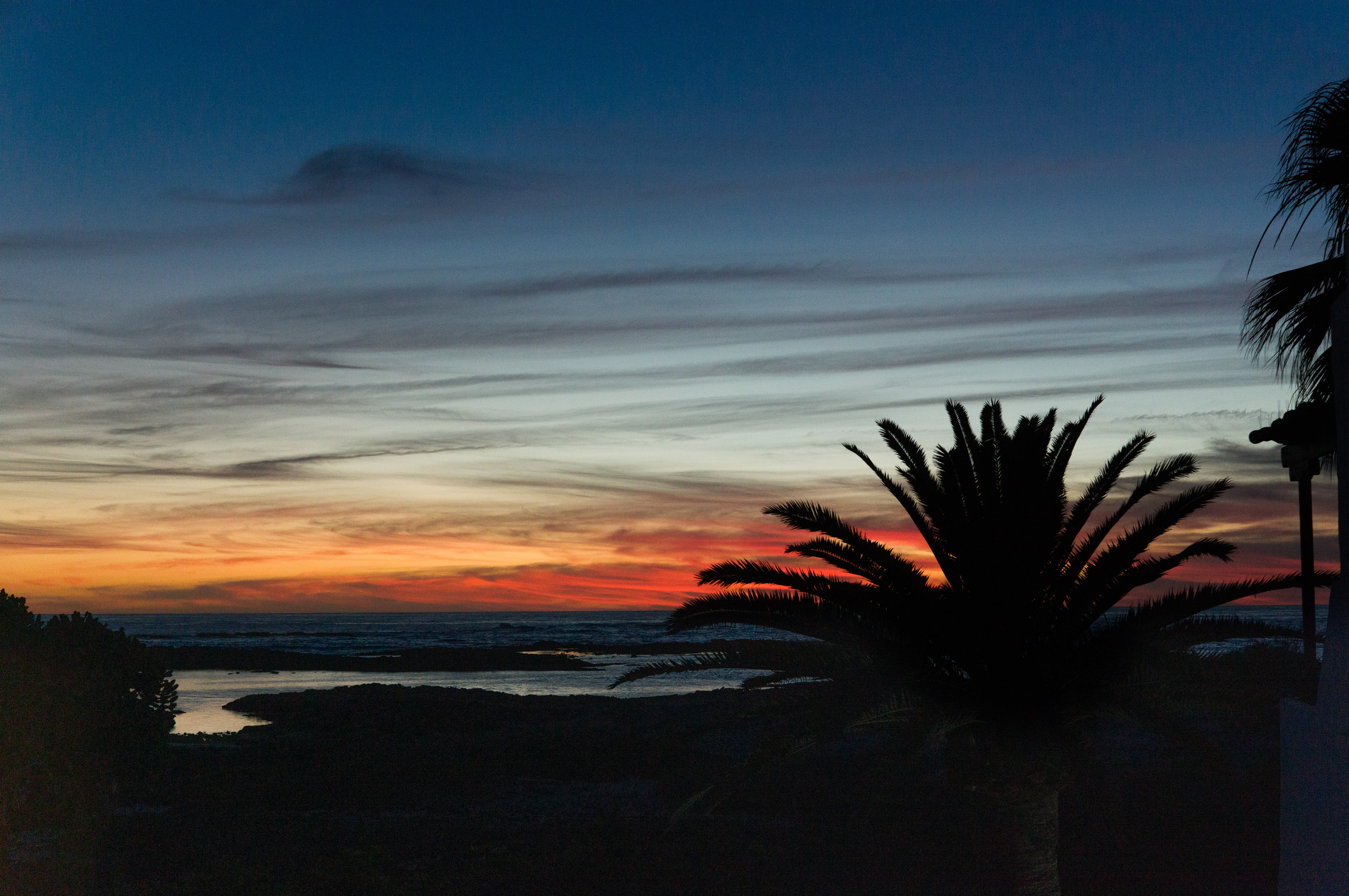
Sunset
Leica 50mm Noctilux f1.2 @ f1.2
To be honest, I don't do a great deal of chimping when I shoot, but not being able to is quite different; it seems to help focus on taking the pictures and getting a proper flow of concentration.
In retrospect, the M10-D with the faux winder and exposure compensation on the back (instead of ISO) seems charming, although perhaps a little gimmicky, but the M11-D really does inherit the spirit of the Leica M film cameras; only the function button on the top plate is a reflection of the modern age. Superficially the M10-D might be thought of as fun, and the M11-D perhaps a touch serious, but still, when you shoot with the camera it really does help you to concentrate on the image and not the camera.
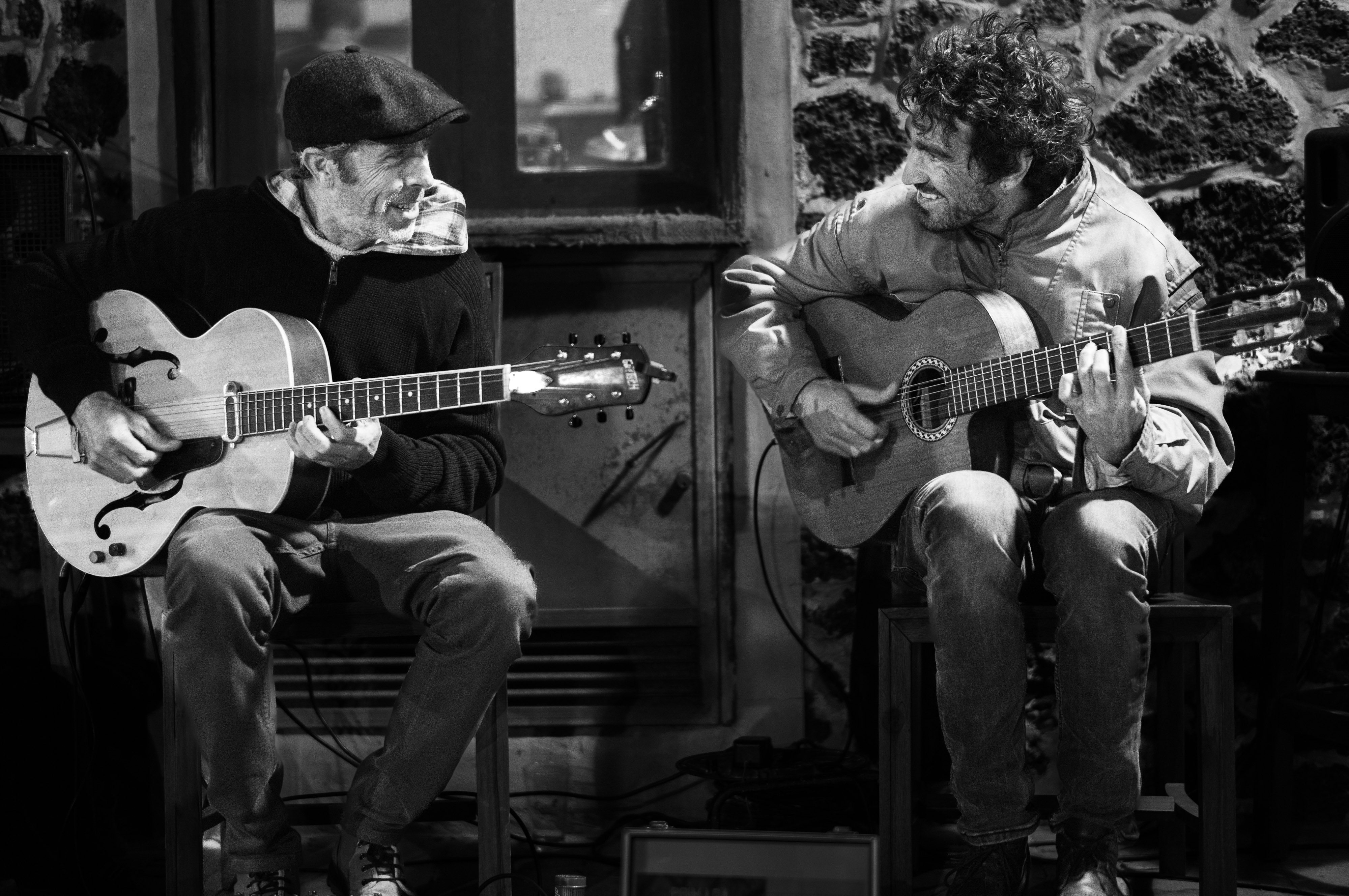
Perfect Performance
Leica 50mm Summilux Asph @ f2
The Function Button
Part 1 - Settings
The function button is used for a number of operations:
- Resetting the camera to factory conditions
- Setting the camera for connection to Fotos
- Cleaning the sensor.
- Updatig the Firmware
- Changing the USB Mode
- Setting the Date and Time.
There are different timed presses and combinations with the thumbwheel which make these work - I have to look them up every time, but that's. because you really need to use them only on first setting up the camera.
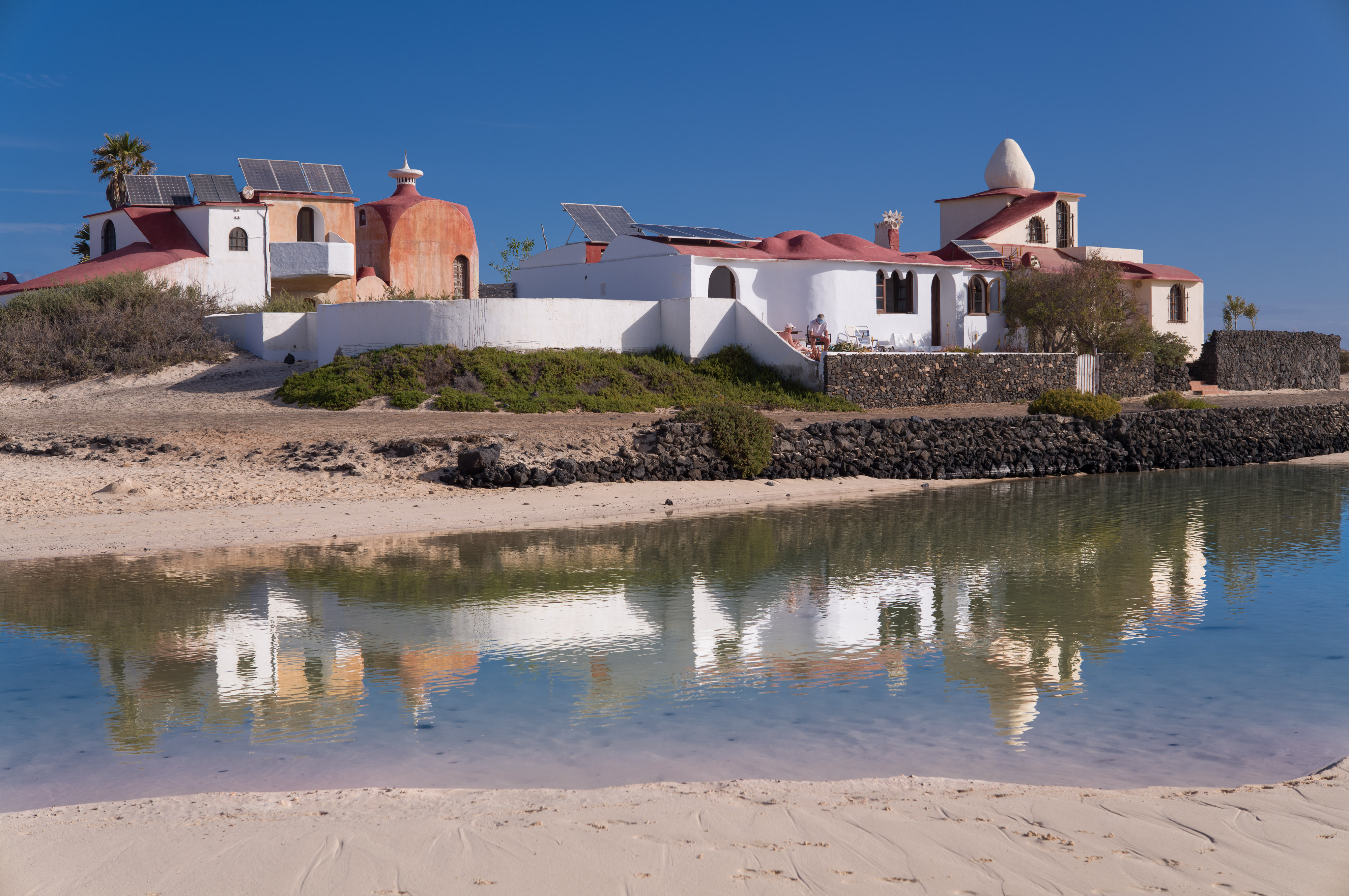
El Cotillo
Leica 50mm Noctilux f1.2 @ f11
Part 2 - Information
Looking through the viewfinder and pressing the function button sequentially gives you information with respect to the current condition of the camera: in order:
- Remaining photos
- Remaining battery charge in %
- USB Mode (apple mfi/ptp)
- Memory mode
- Connectivity (on or off)
- Leica Content Credentials
- Wifi Mode
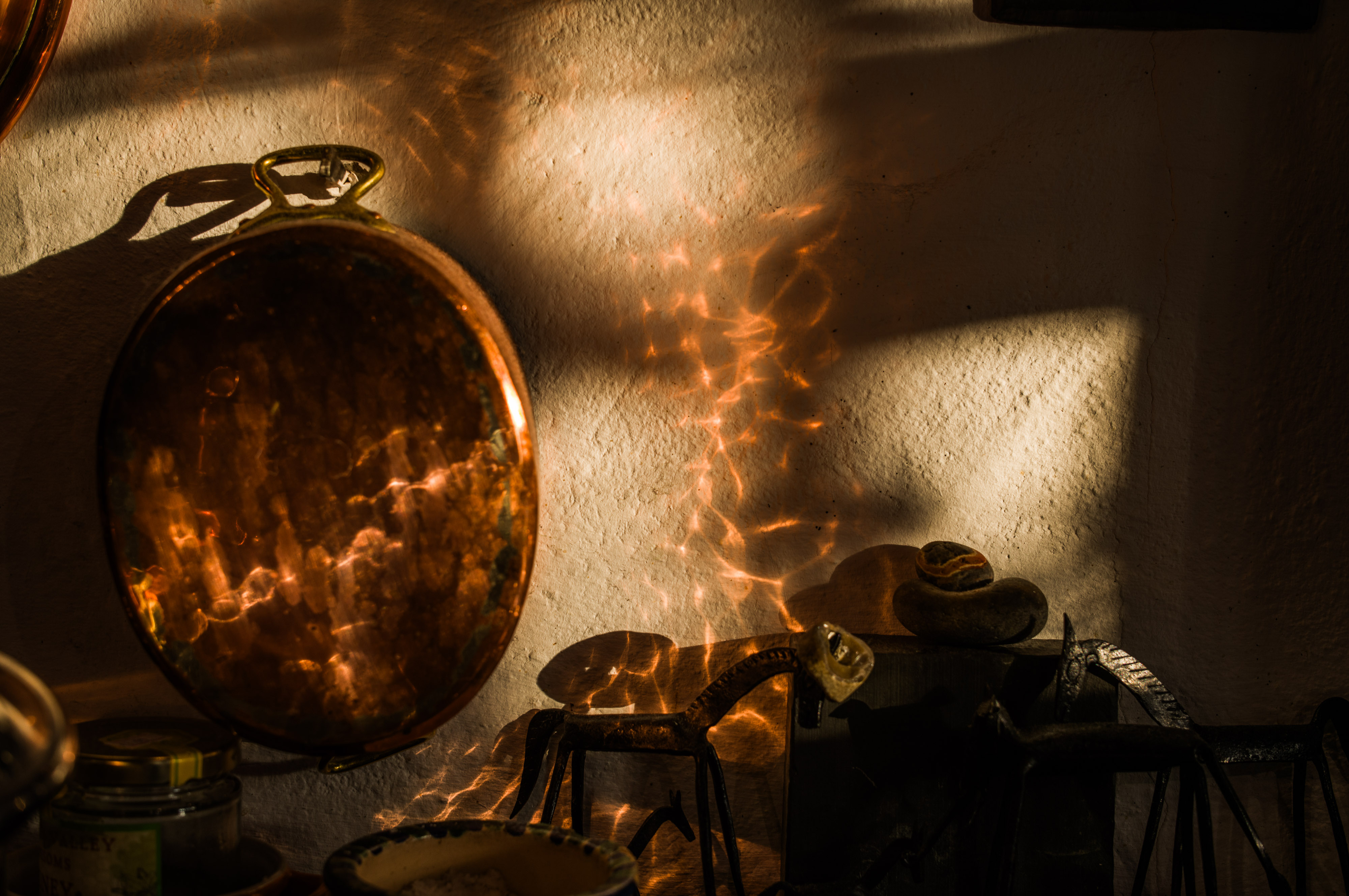
Copper Conflagration
Leica 50mm Summilux Asph @ f4.8
The M11-D with Fotos
With FOTOS version 5 Leica has introduced 'Background Transfer for the M line of cameras. This sends small images directly to your phone, into the FOTOS library and also the apple Photos library. These are fine for social media and small enough not to be a problem on your device (typically around 512kb; 2112 x 1408; 3mp)
It uses the bluetooth connection with the camera (previously just used for geotagging and time synchronisation). You can choose all photos, or just favourites. This is really quite a game changer with the M11D, meaning that if you really need to check an image you can.

Kate
Leica 50mm Noctilux f1.2 @ f2
Image Selection and transfer to Lightroom
I don't want these images to go into my Apple Photos app, and this can be done quite straightforwardly by choosing the 'share' button rather than the 'download' button.
I go through the images on my iPad, marking favourites, then I limit to favourites using the filter and choose select all - press the share button and the full sized DNG files are downloaded to the iPad.
I then choose Lightroom to share to, and the images are very quickly transferred to Lightroom. You can then go into Lightroom mobile / Imports and use the 'Add To' button to add the images to the collection of your choice.
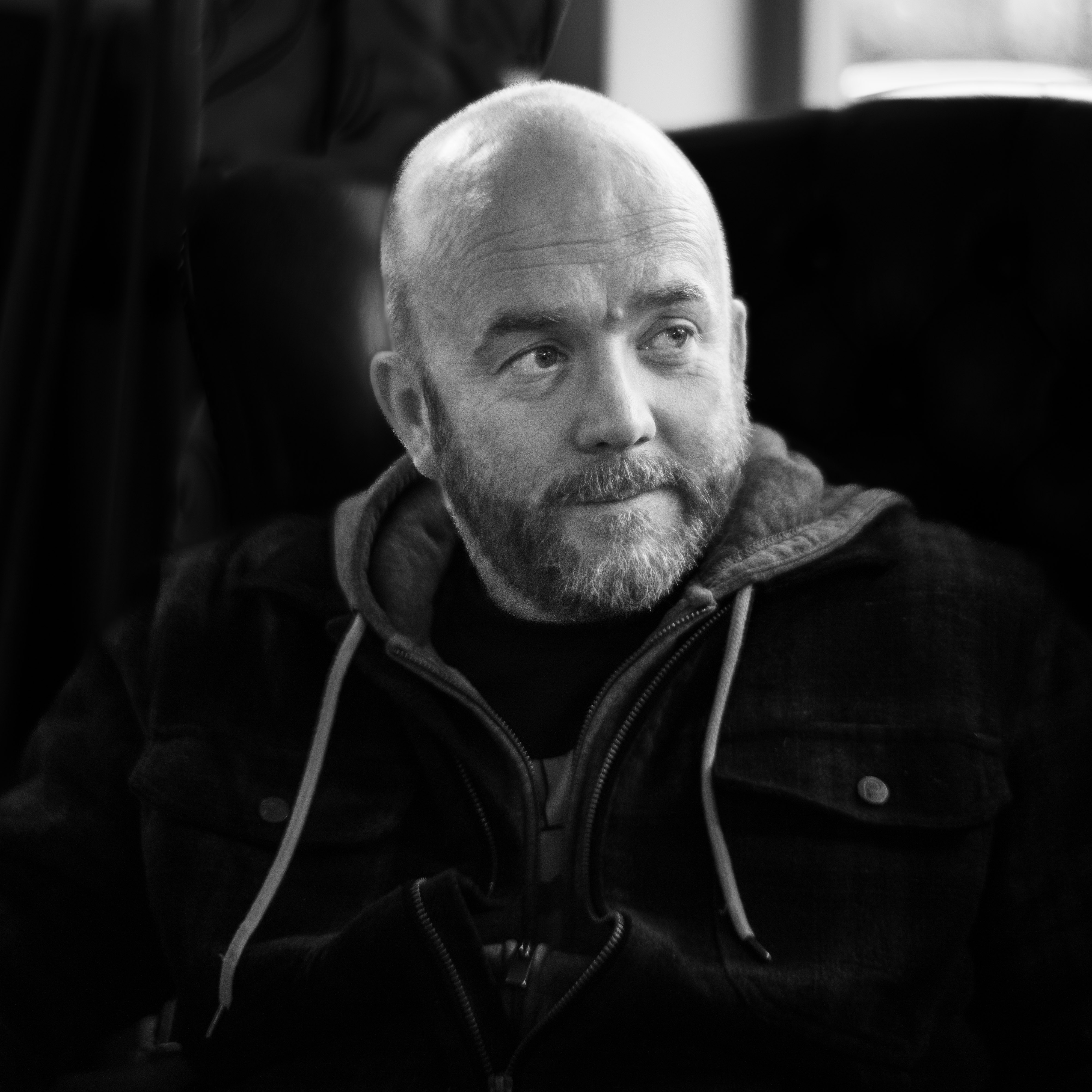
Danny the Wise
Leica 50mm Noctilux F1.2 @ f2
Camera Settings in Fotos
The Camera Settings section allows fairly detailed configuration possibilities for setting up the M11-D:
Currently the following options are available, and are transferred to the camera pretty much instantly. This may be updated with future firmware / Fotos updates.
CAMERA
- Leica Content Credentials
- Lens Detection
- Drive Mode
- Noise Reduction
- Exposure Metering
- Shutter Type

Nailed It!
Leica 50mm Noctilux f1.2 @ f1.2
PHOTO
- File Format
- White Balance
- DNG - Resolution
- Self Timer
- JPG Settings
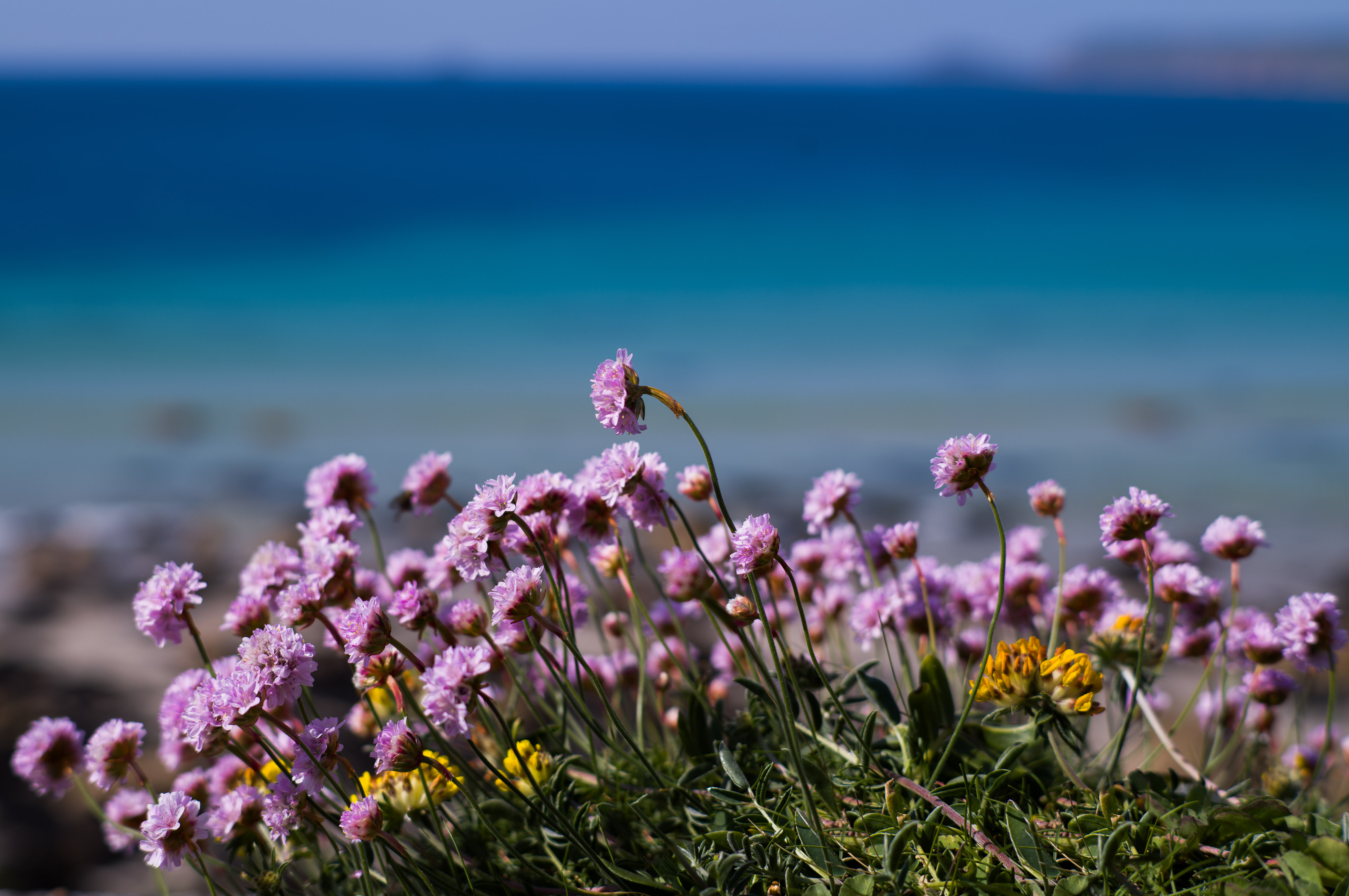
Sea Pinks Looking Southerly
Leica 50mm Summilux @ f3.4
CAMERA SETTINGS
- Camera Standby
- Auto Review
- Maximum Auto ISO
- USB Charging
- M-ISO
- Maximum Exposure Time
- Firmware
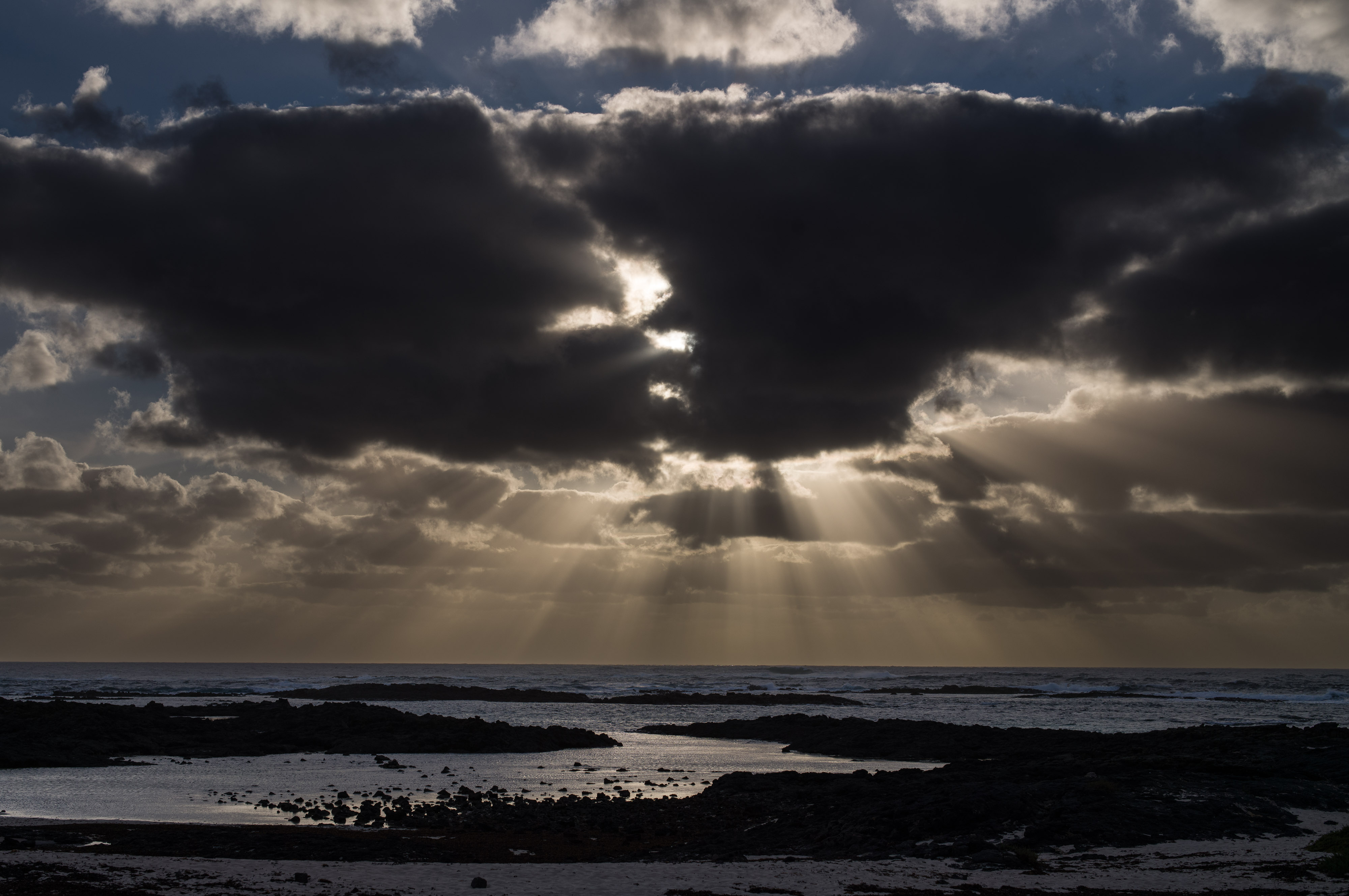
Sunbeams from our window
Leica 50mm Summilux Asph @ f2.4
Quite a lot of this was available with the M10-D and Fotos, but back then the connection was rather unreliable and much slower than with the M11-D.
Personally I would like to see User Profiles which could then be chosen using the function button, but to be fair the current selection suits basic requirements very well.

Jagermeister Memorial
Leica 35mm Summilux Steel Rim @ f1.4
The M11-D with the Visoflex 2
I feel that using the Visoflex 2 is perhaps rather against the spirit of the M11-D, on the other hand it allows you to use the close-up function on some of the recent lenses and perhaps for focusing wide open with some high speed lenses.
Superficially the Visoflex 2 works just as it would on an M11, you can set the Auto Review time in Fotos (or switch it of). However there is currently no 'Play' mode, so you can't use the Visoflex 2 to scroll through images on the camera. I actually think this is a good thing, but for some it might seem a missed opportunity (although presumably it's something which could be added late).
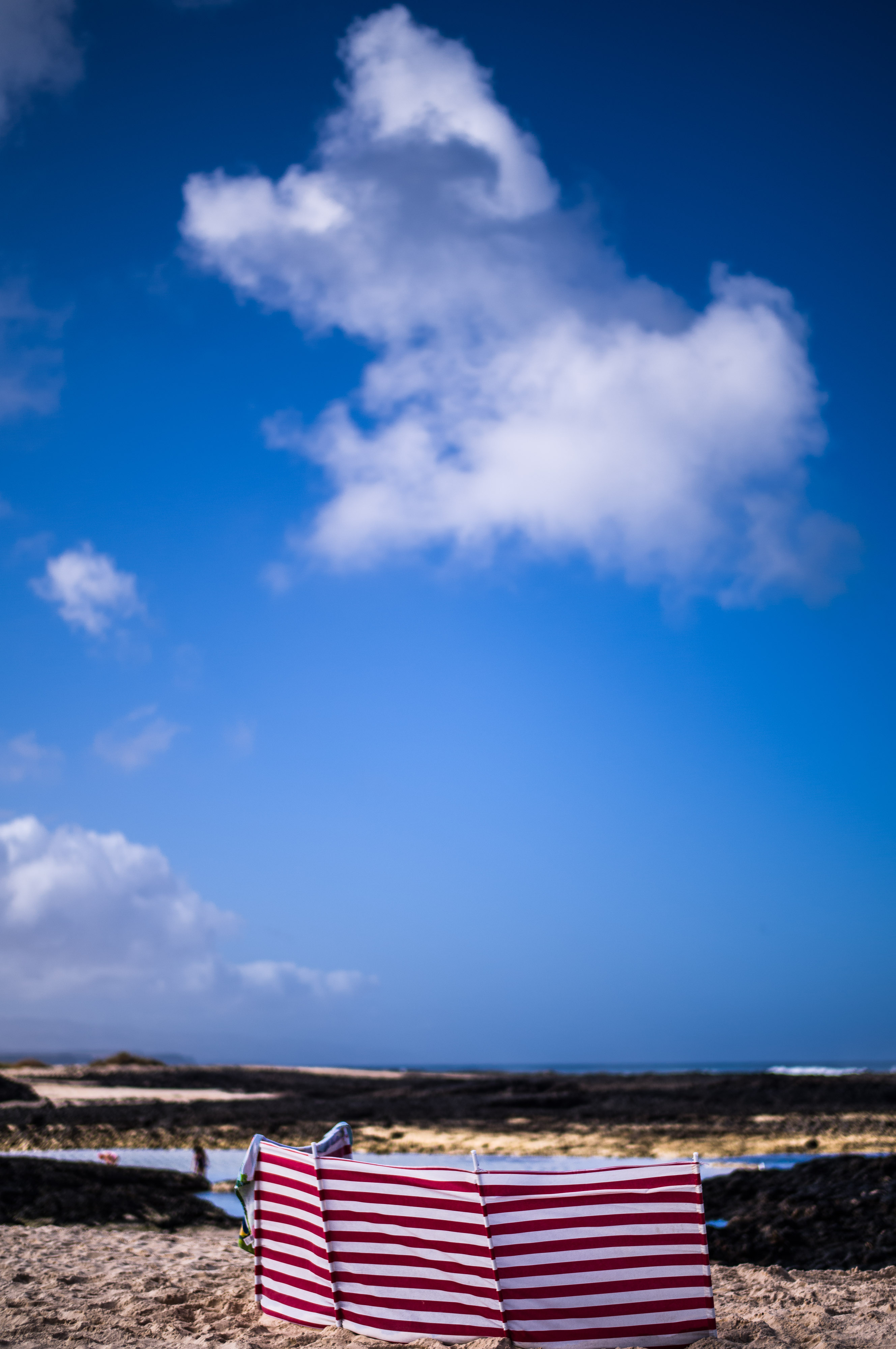
It's Windy in Fuerteventura
Leica 50mm Summilux Asph @ f1.4
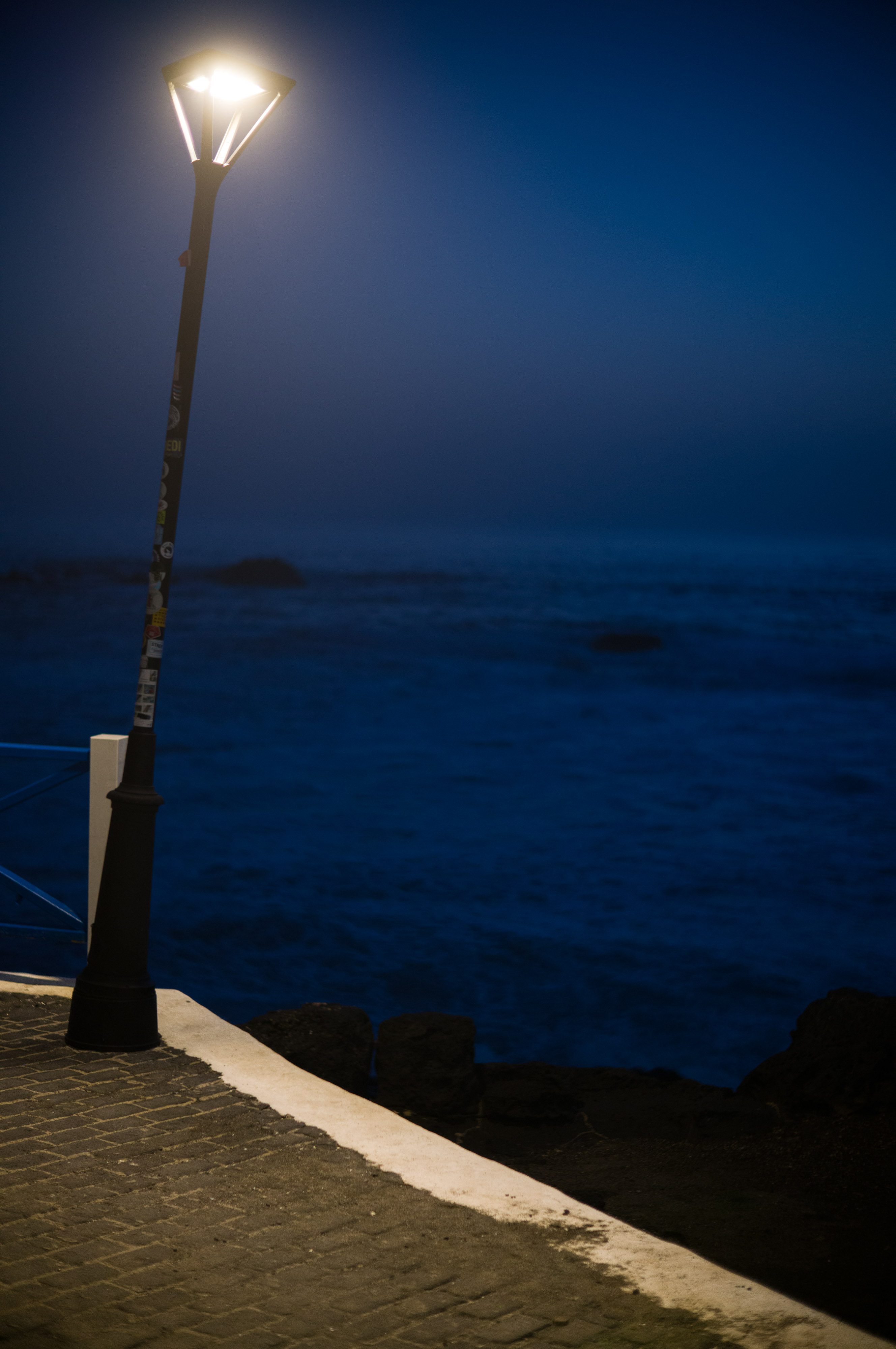
On the Piss
Leica 50mm Noctilux f1.2 @ f2.8
There are the four basic display profiles and you can use the function button to cycle between them. The profiles have increasing amounts of information including focus peaking and the level gauge. Currently these profiles cannot be changed, although that might be possible in later firmware iterations.
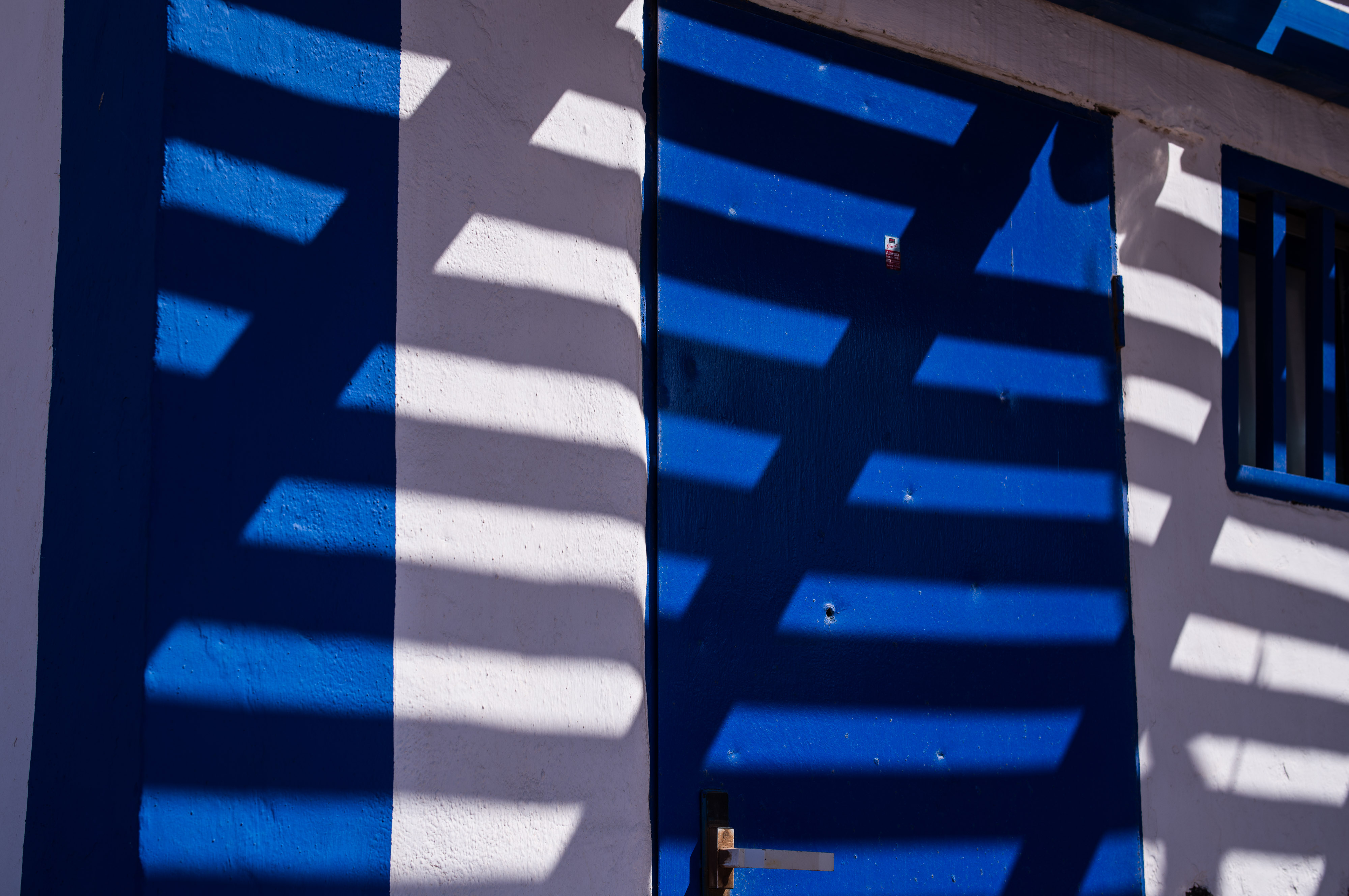
Slats and Stripes
Leica 50mm Summilux Asph @ f4.8
Using the M11-D as a primary camera
With previous -D cameras I felt that, lovely as they were, you couldn't really use them as a primary camera: there are times where you really do need to know whether you have nailed the shot or not. It's all very well setting your camera up the way you want and leaving it, but sometimes you need to change something unexpectedly (White Balance or Drive mode for instance).

Cornish Convergence
Leica 28mm Summaron @ f8
I wrote about this with respect to the M10-D in my article on its release
(
https://www.slack.co.uk/m10-d.html ) where I came to the conclusion that there really were times when it wasn't okay (a Greek Christening for instance!).
With the M11-D I've not found the limitations irritating in any situation, but I have often found that those same limitations got me concentrating more on what I was shooting and thinking less about the camera.
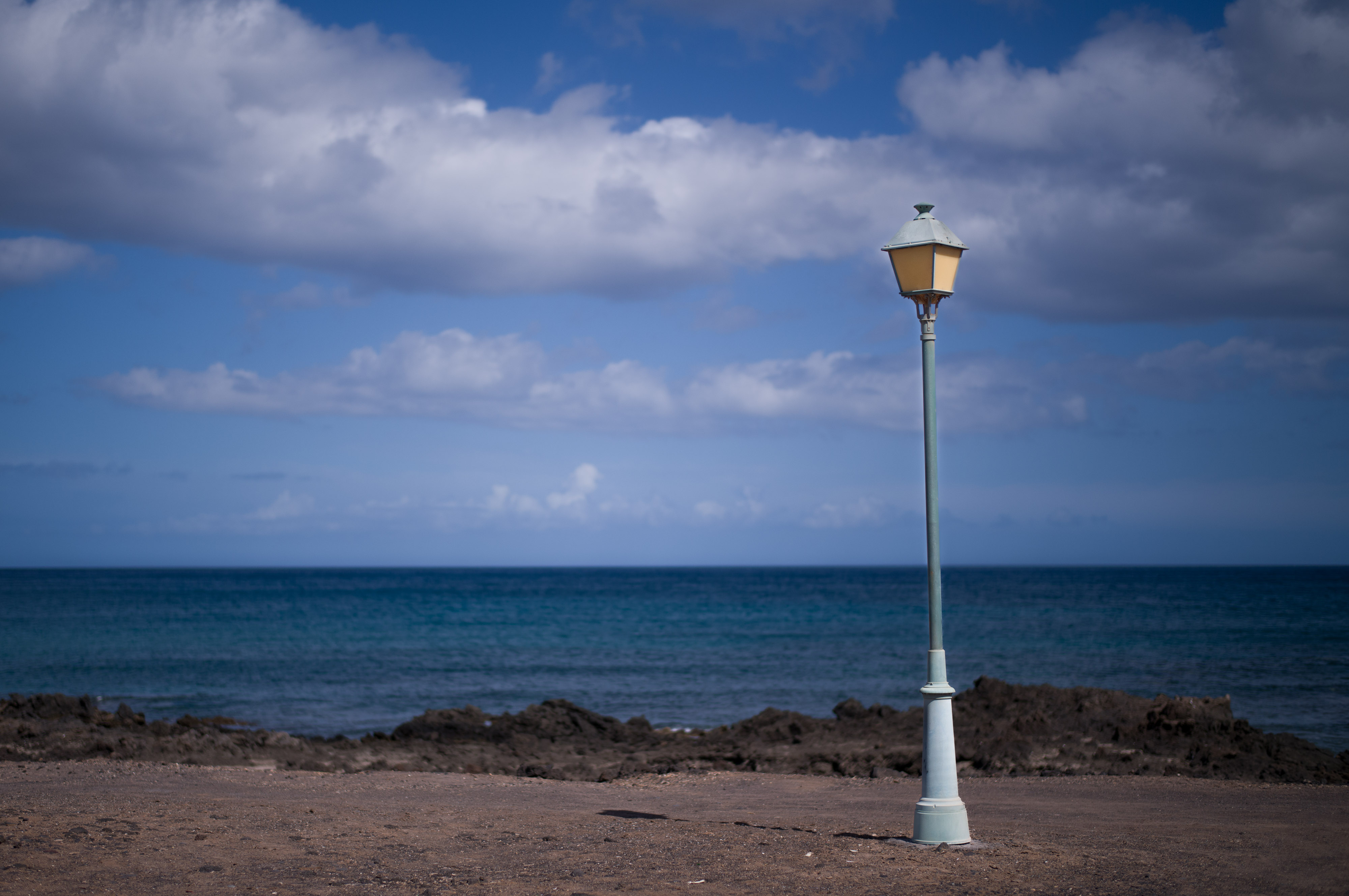
Street Lighting
Leica 50mm Summilux Asph @ f1.4
Conclusion
Ever since I've been working with Leica I've been impressed by their real dedication to minimalism; in trying to make photographic tools which are not simply computers taking pictures.
At the same time they have embraced new technologies: The sensor in the M11 is one of the very best available at the present time and Leica are trailblazers the Content Credentials movement.
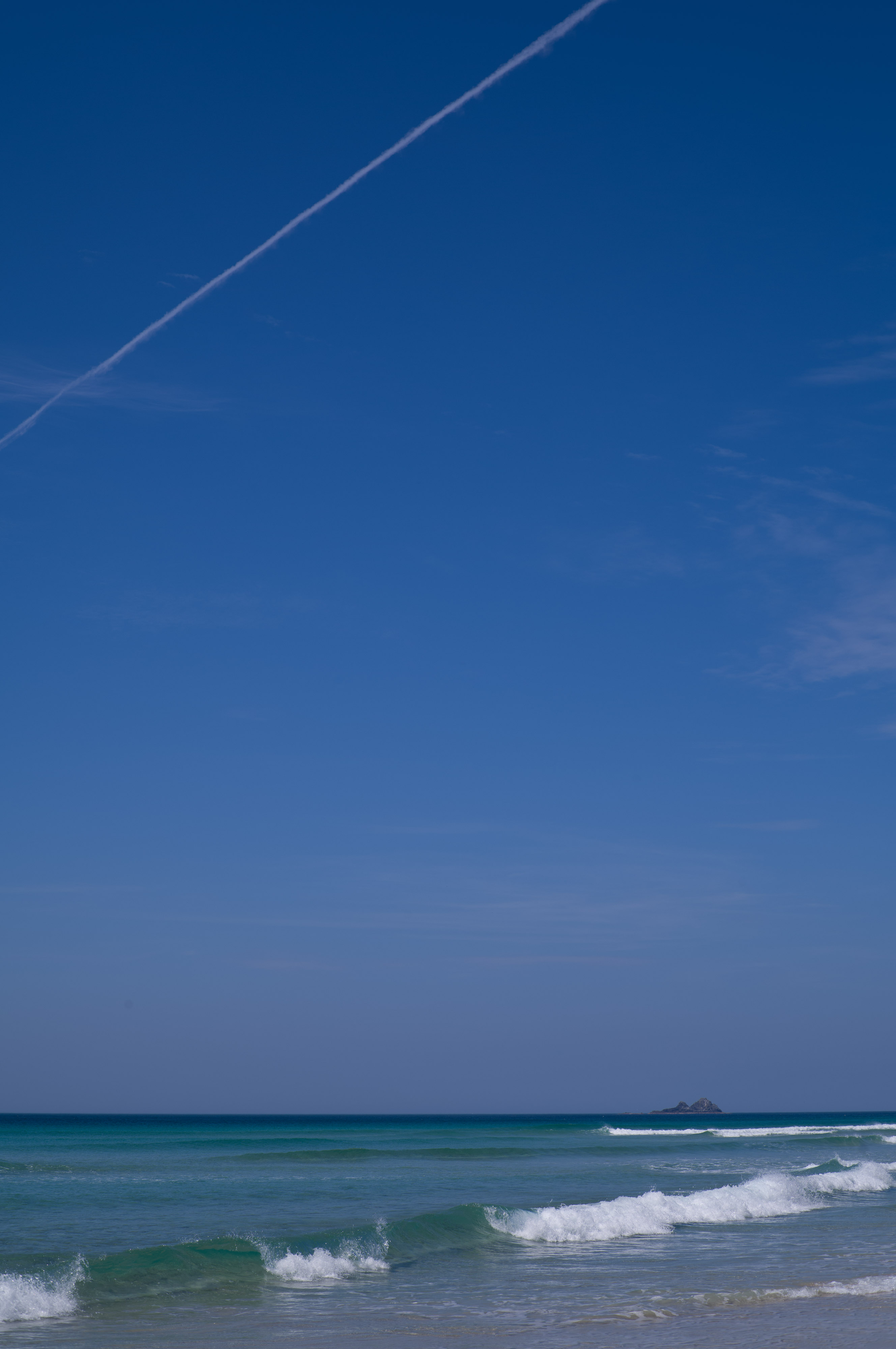
The Brisons
Leica 50mm Summilux @ f6.8
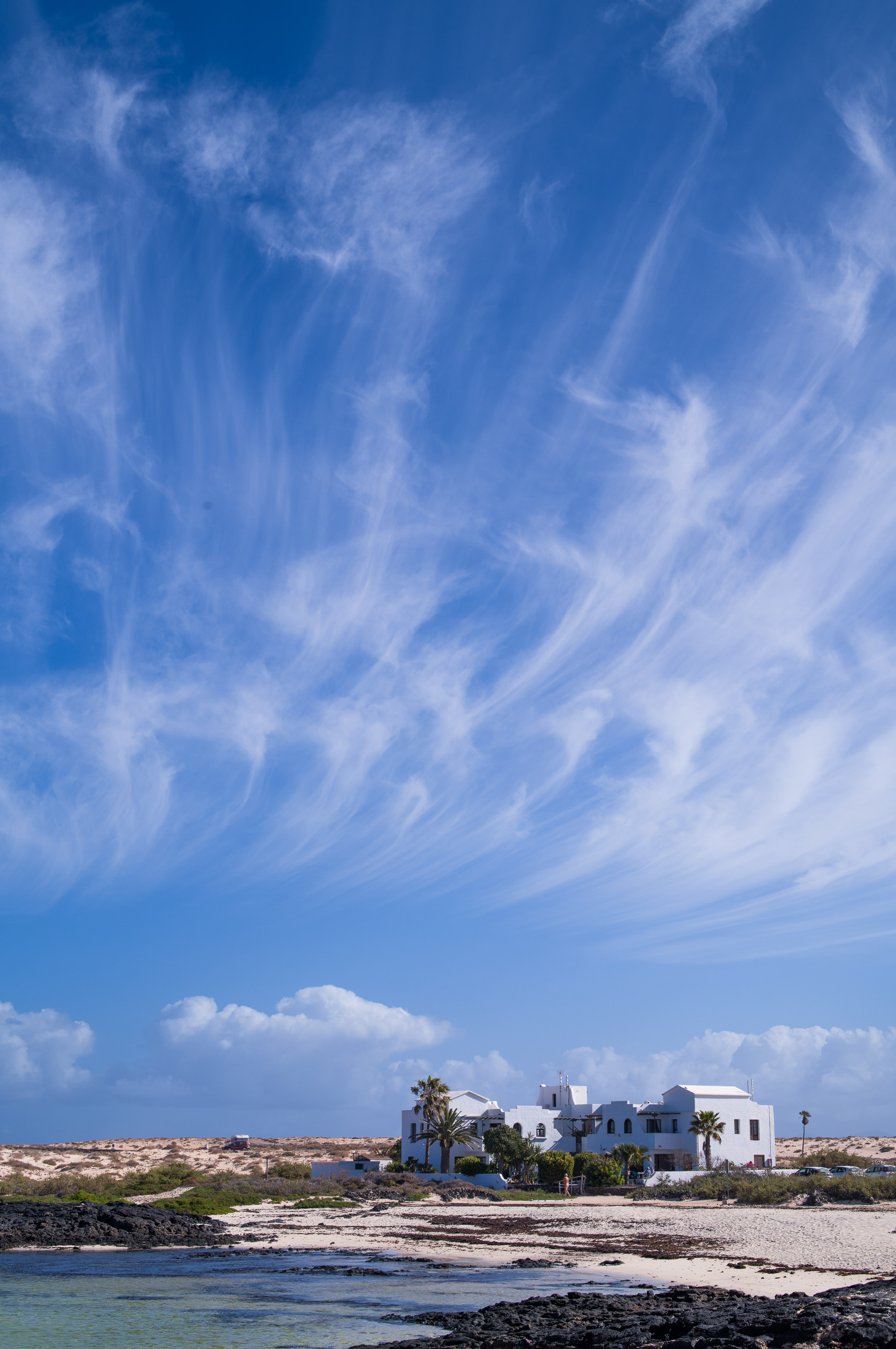
A Room with a View
Leica 50mm Summilux Asph @ f8
This camera is a perfect example of both of these approaches, with no more controls than a film camera it really does embrace minimalism, and on the other hand they have incorporated excellent connectivity with Fotos, Content Credentials, variable sized DNG files and so much more. The M11-D is also a real return to basics - the faux winder is gone and the rear cover exposure compensation dial is now an ISO dial (as it should be).
It might not be the camera for everyone, but this time I think Leica have got it right and for some people it will be the only M camera they need.
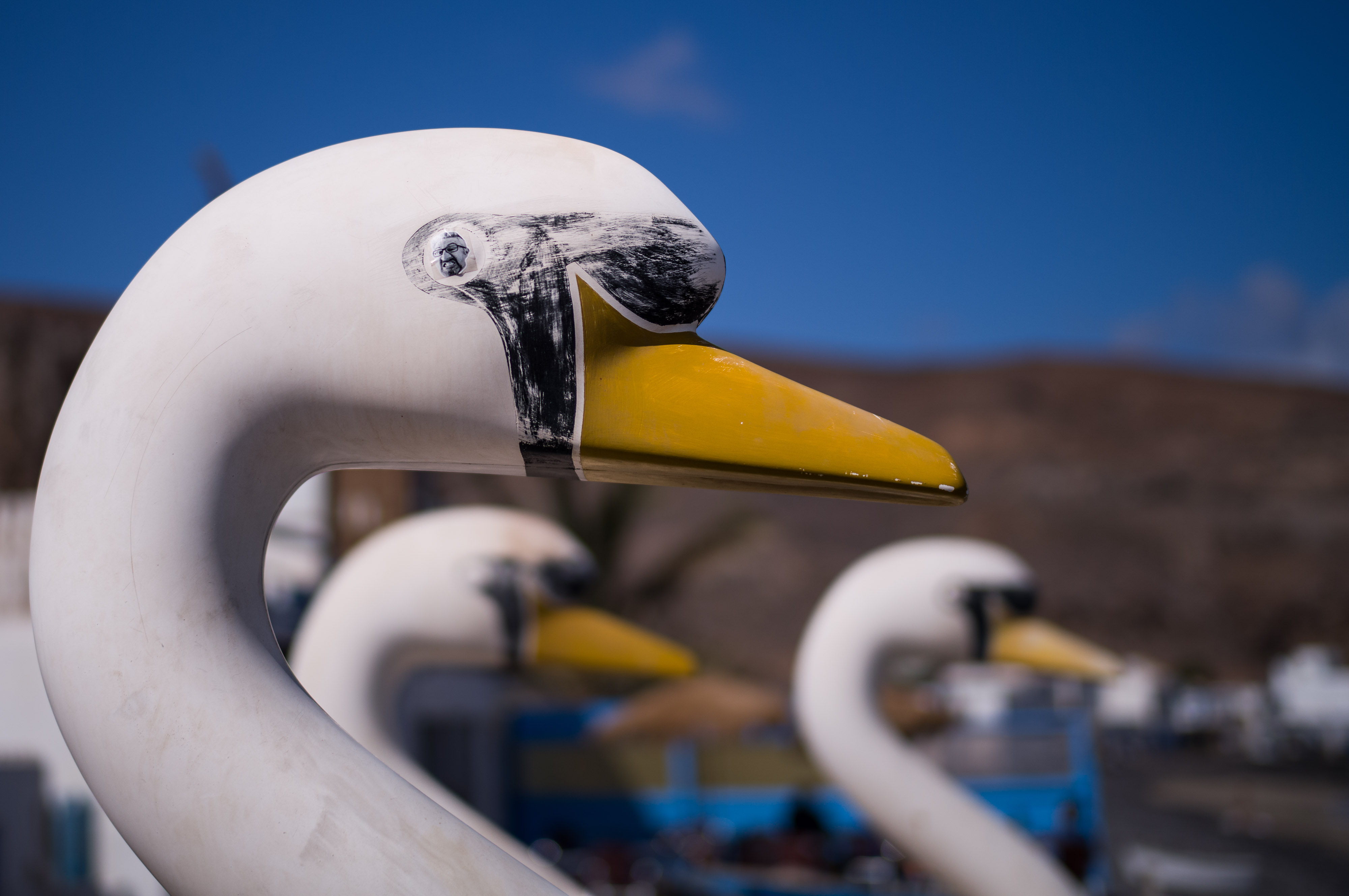
Sailing By
Leica 50mm Summilux Asph @ f1.4
Acknowledgements
Special thanks to my wife Emma who has not only put up with me writing this, but has actually proof read it!
Thank you to my contacts at Leica Camera who have been incredibly helpful over the course of the testing, and who are really hospitable on trips to Wetzlar. Especially to Stefan Daniel, Christoph Mueller, Jesko von Oeynhausen and Nico Koehler with respect to the M11-D
Thank you Elmar Streyl for all the interesting discussions; we might not always agree, but it's always great to talk it through. See you at COP!
To all the guys at the Beta Testing Forum who make a difficult job fun with their humour and dedication. Especially to Leon Baumgardt for his quick reactions and cheerful communication.

Stefan Daniel at the Bell Museum
Leica 50mm Noctilux f1.2 @ f1.4
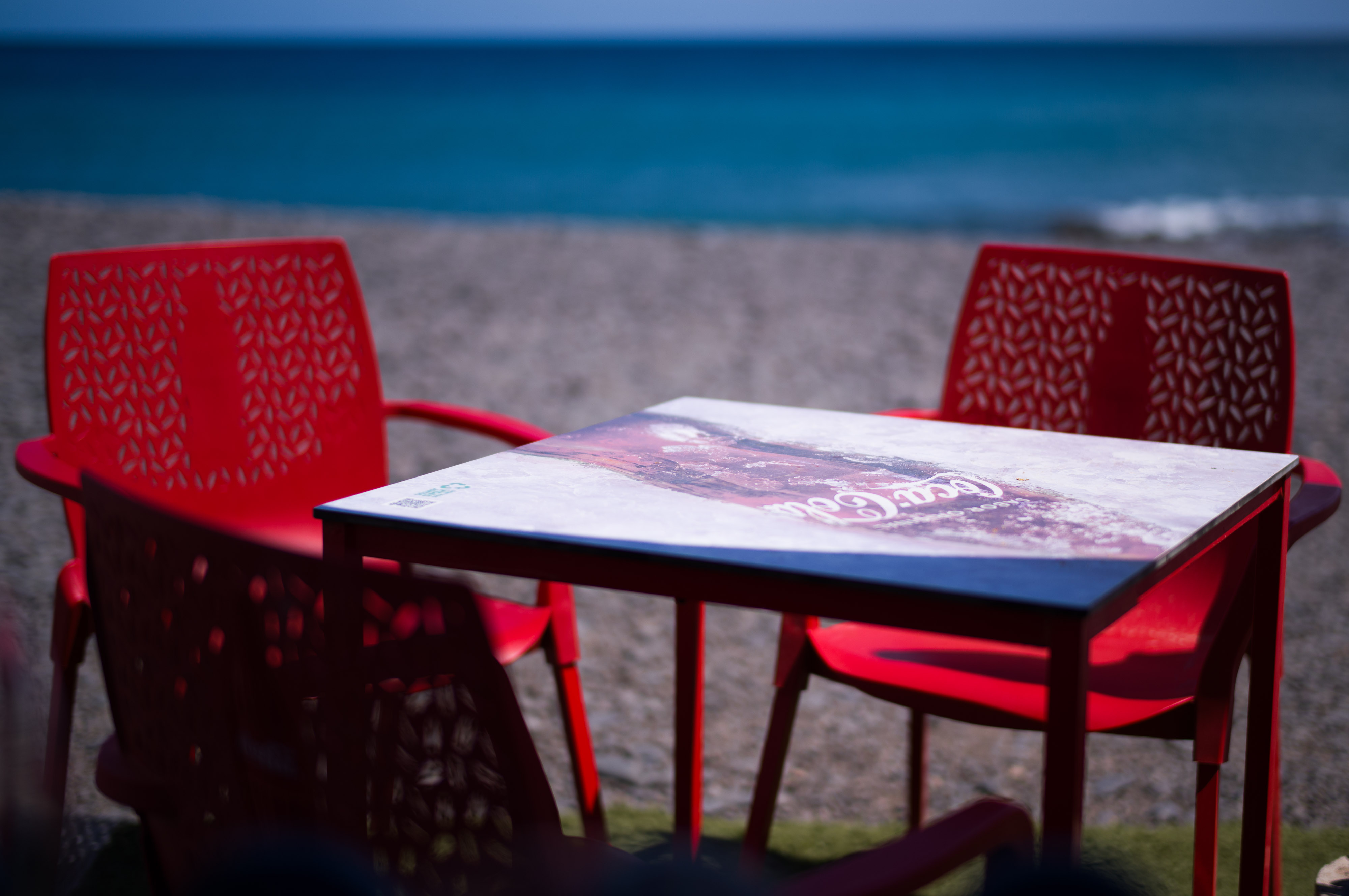
Red and Blue
Leica 50mm Summilux Asph @ f1.4
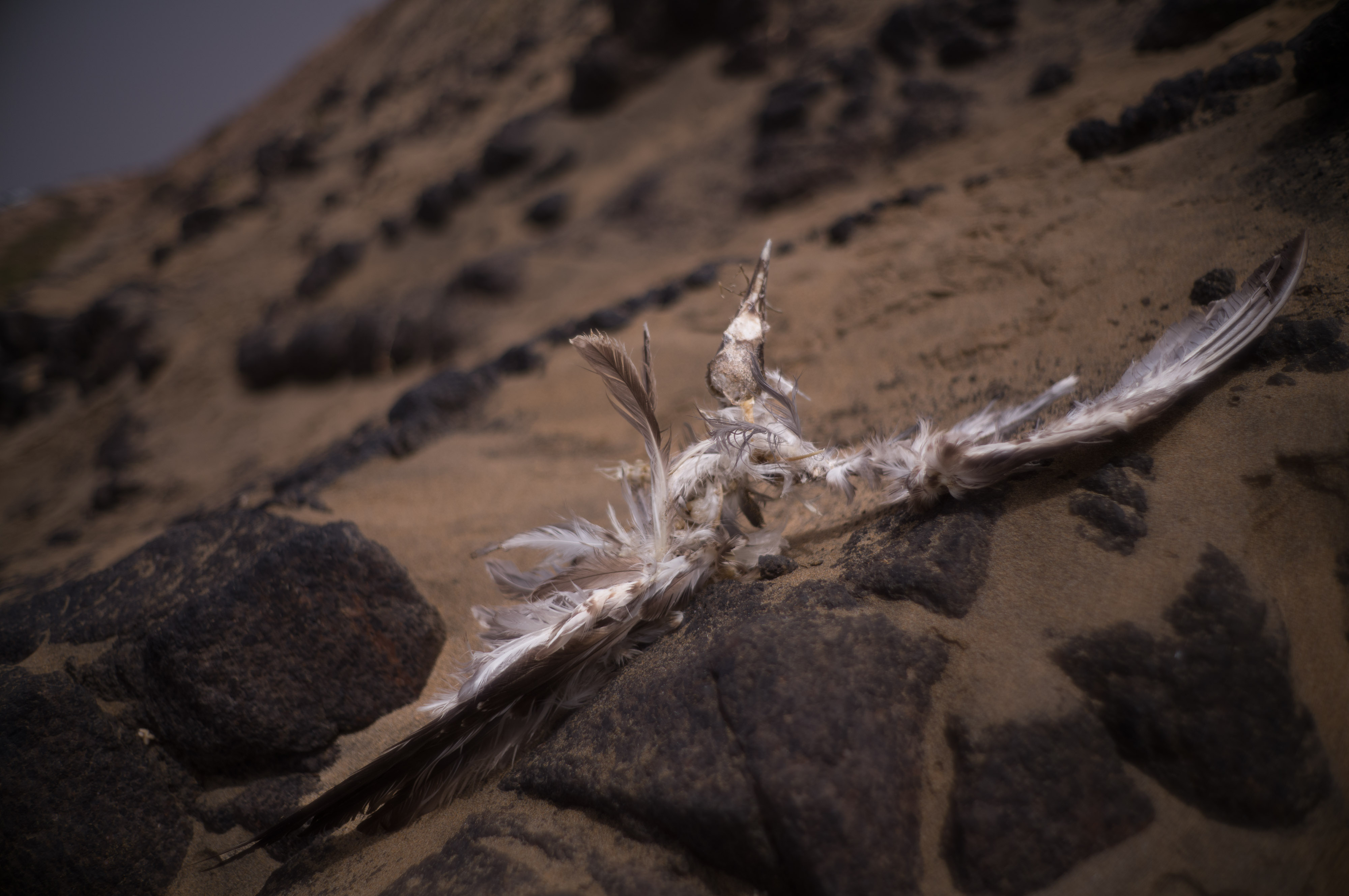
Gannet
Leica 35mm Summilux Steel Rim @ f1.7
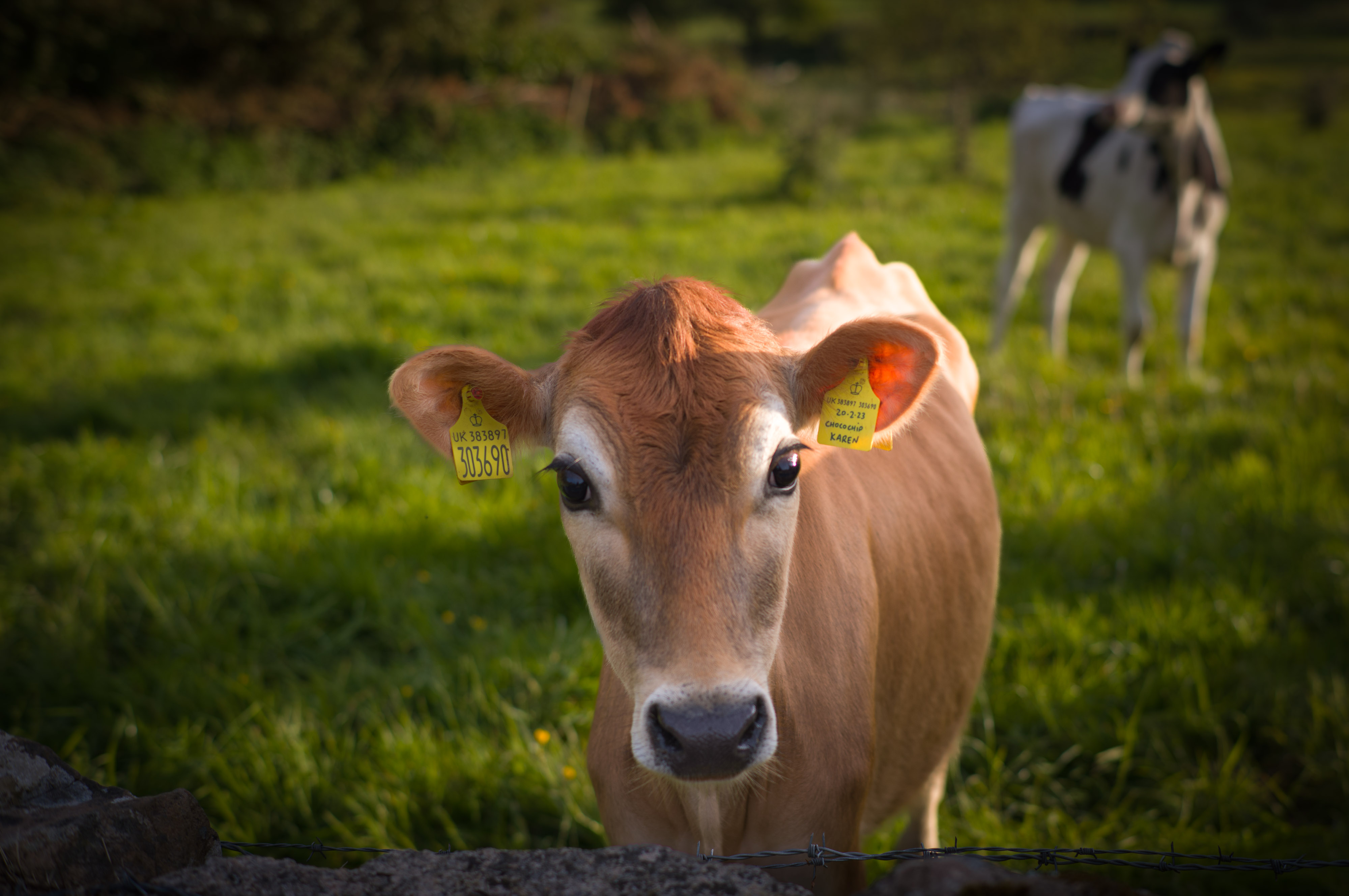
Chocochip Karen
Leica 50mm Summilux @ f2.4
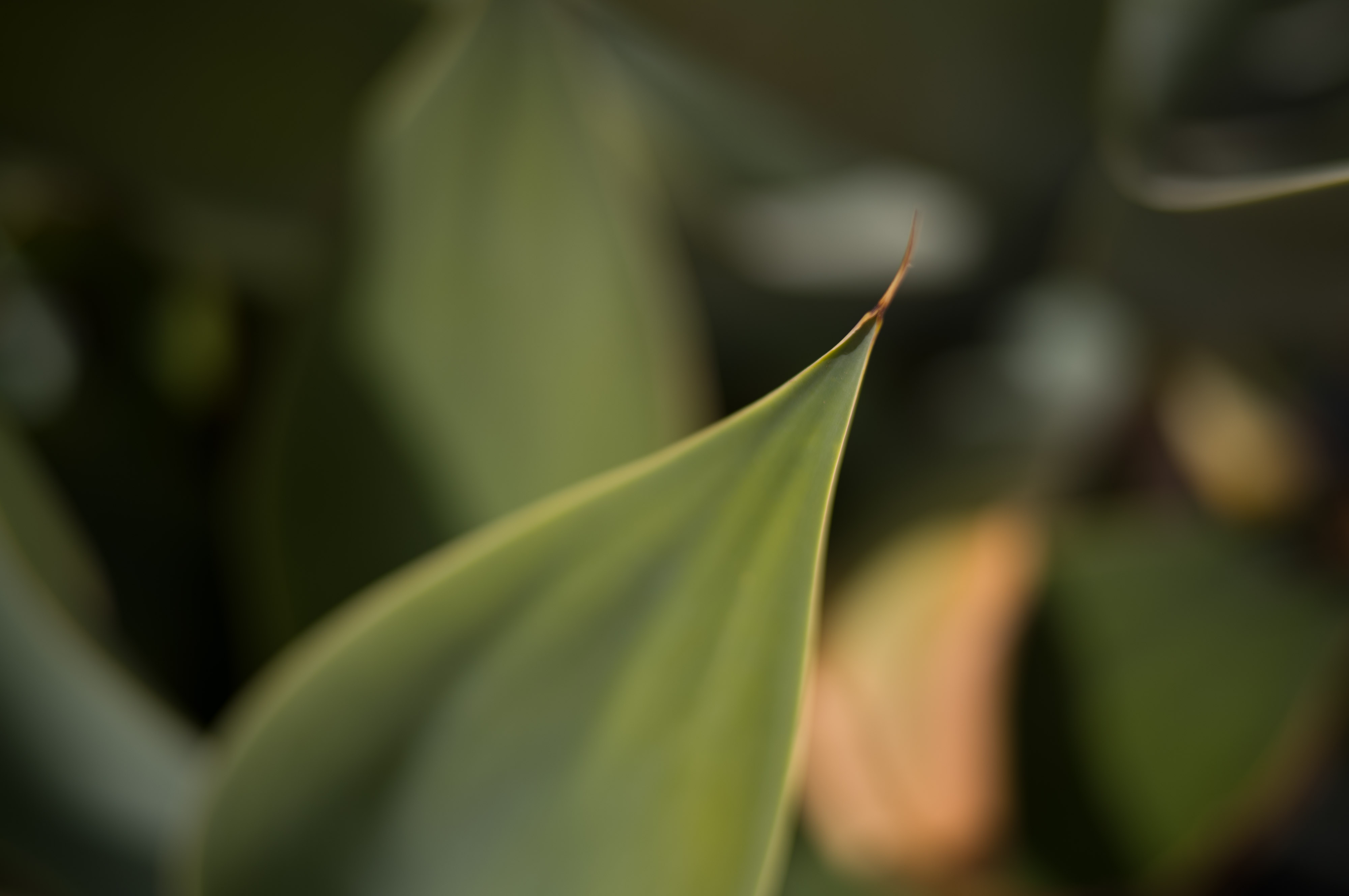
Coming to the Point
Leica 50mm Summilux Asph @ f11
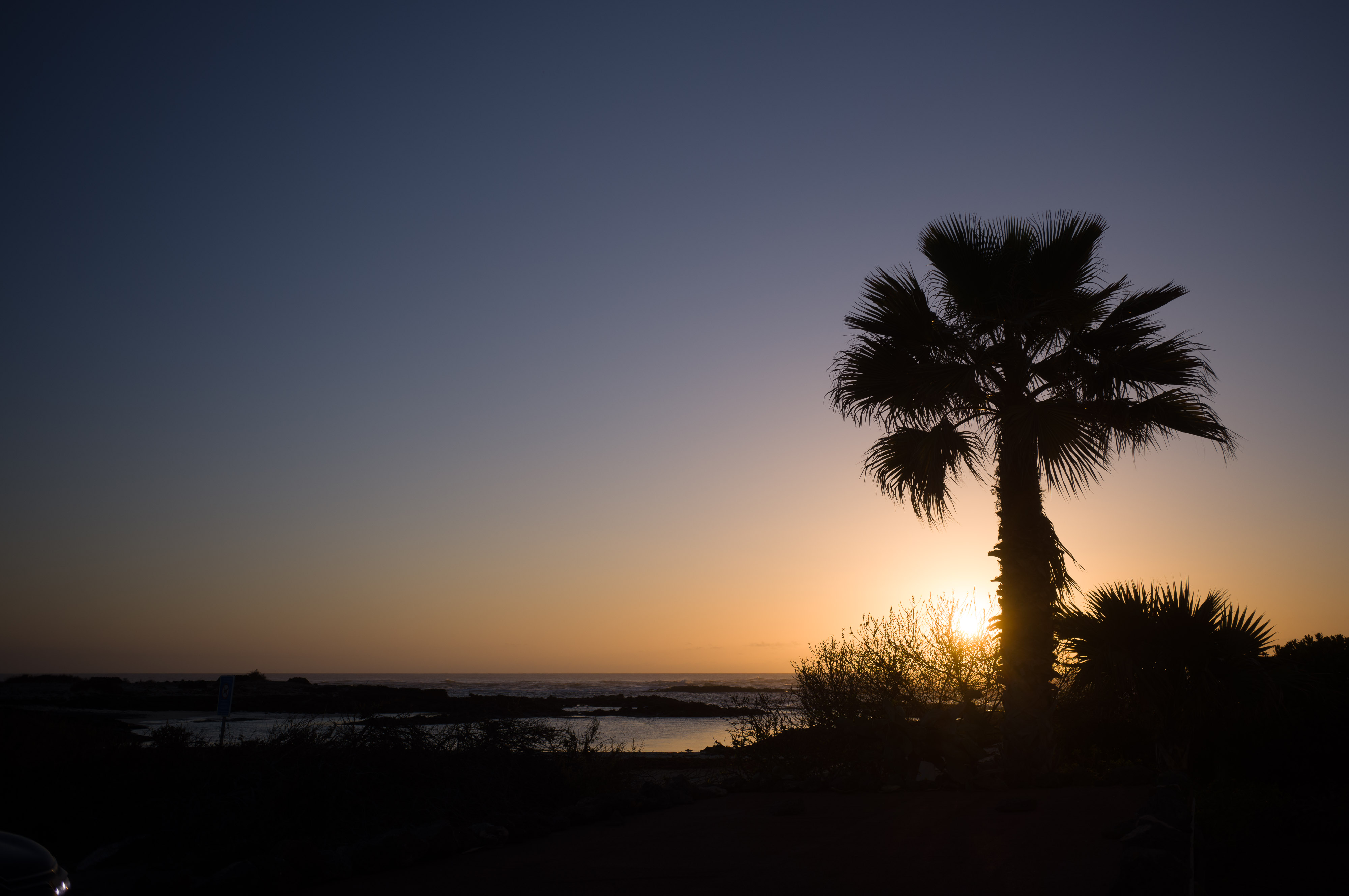
Fuerteventura Farewell
Leica 28mm Summaron @ f13






































